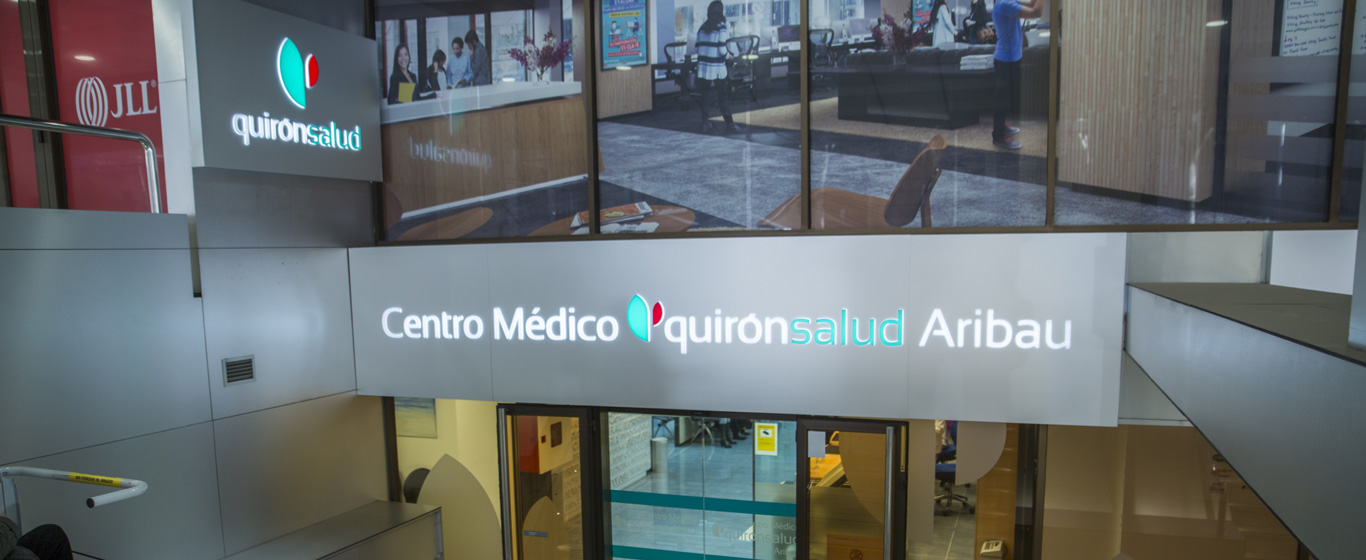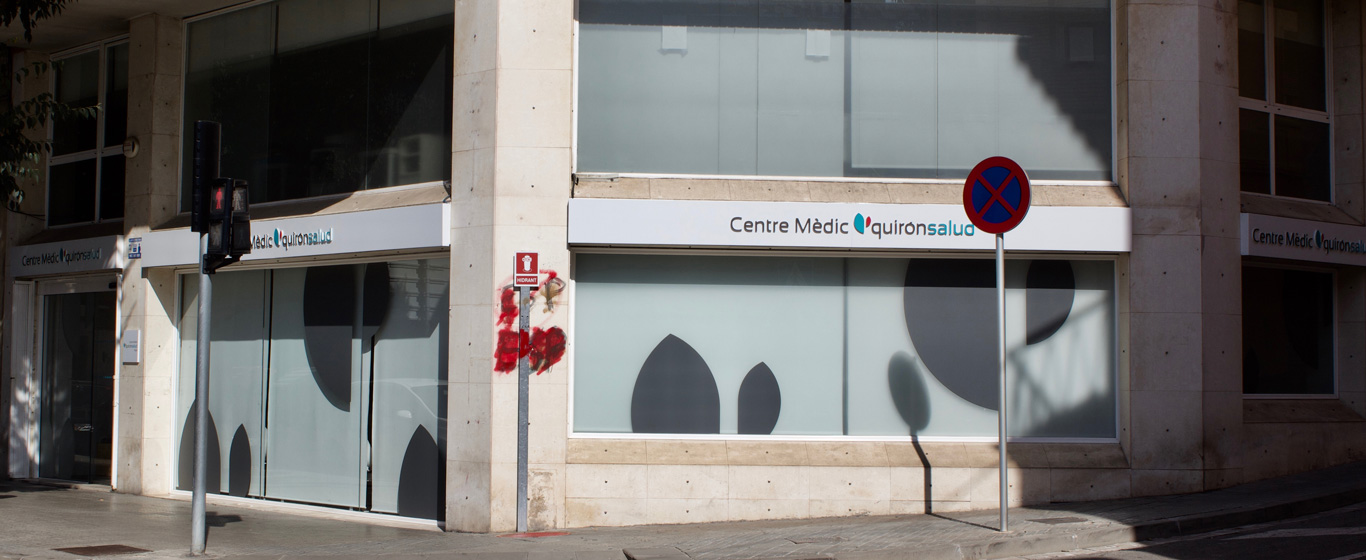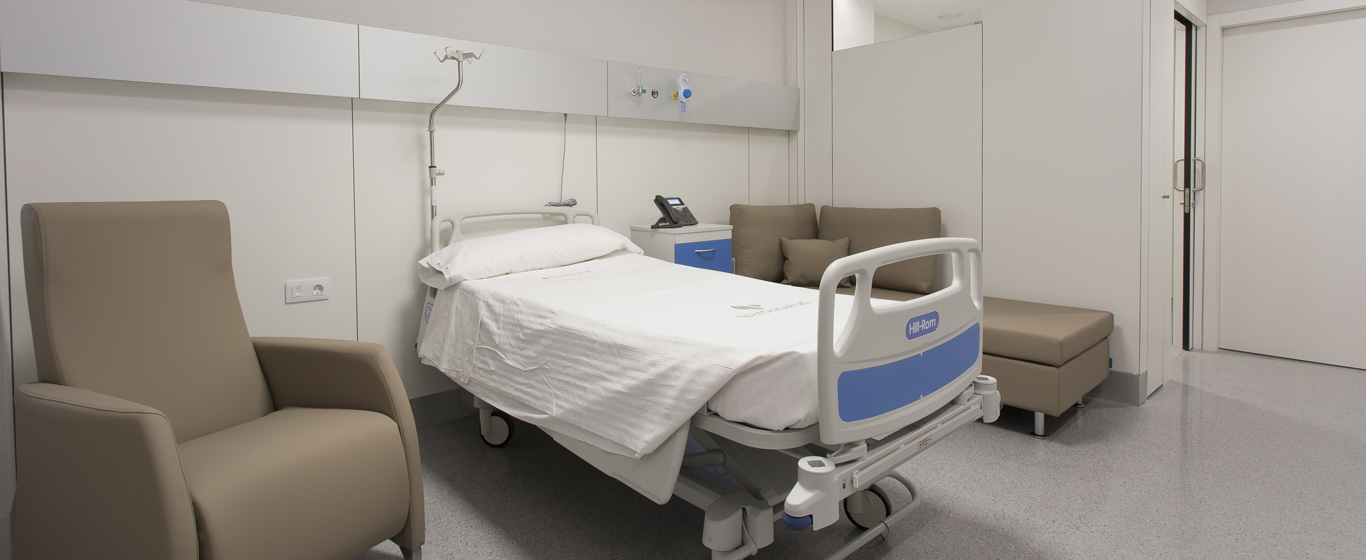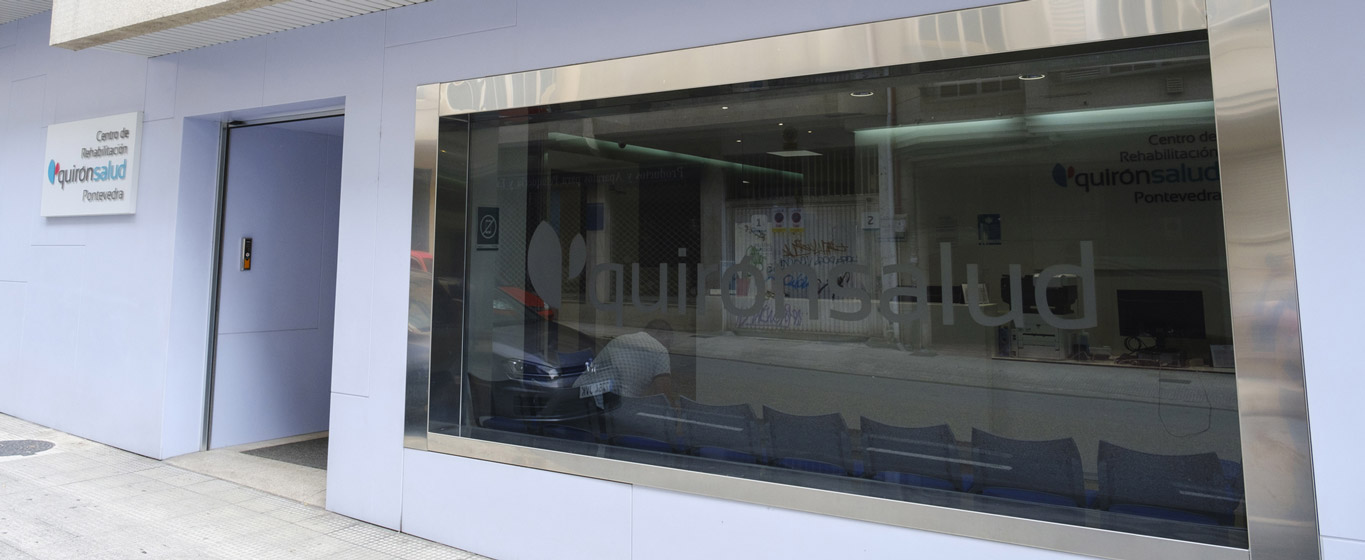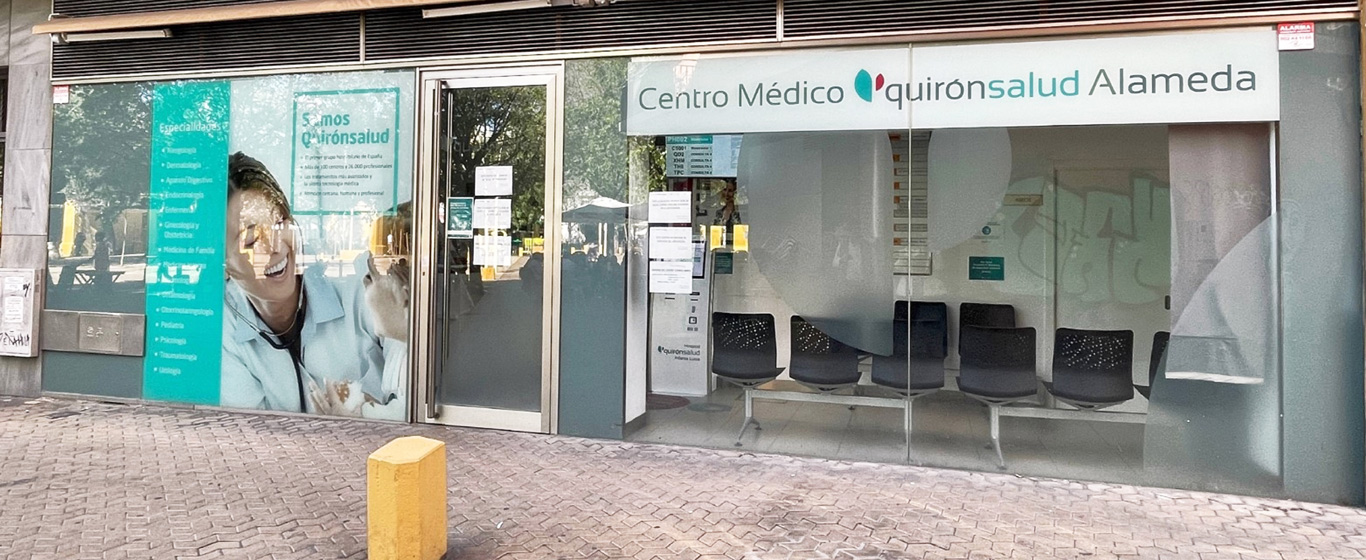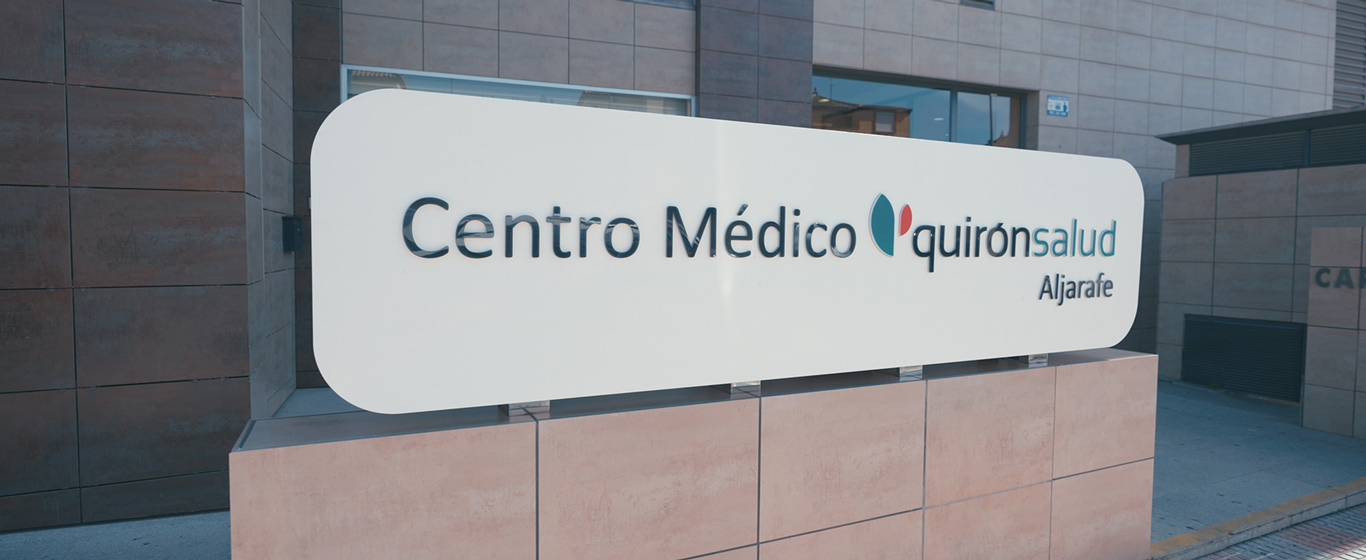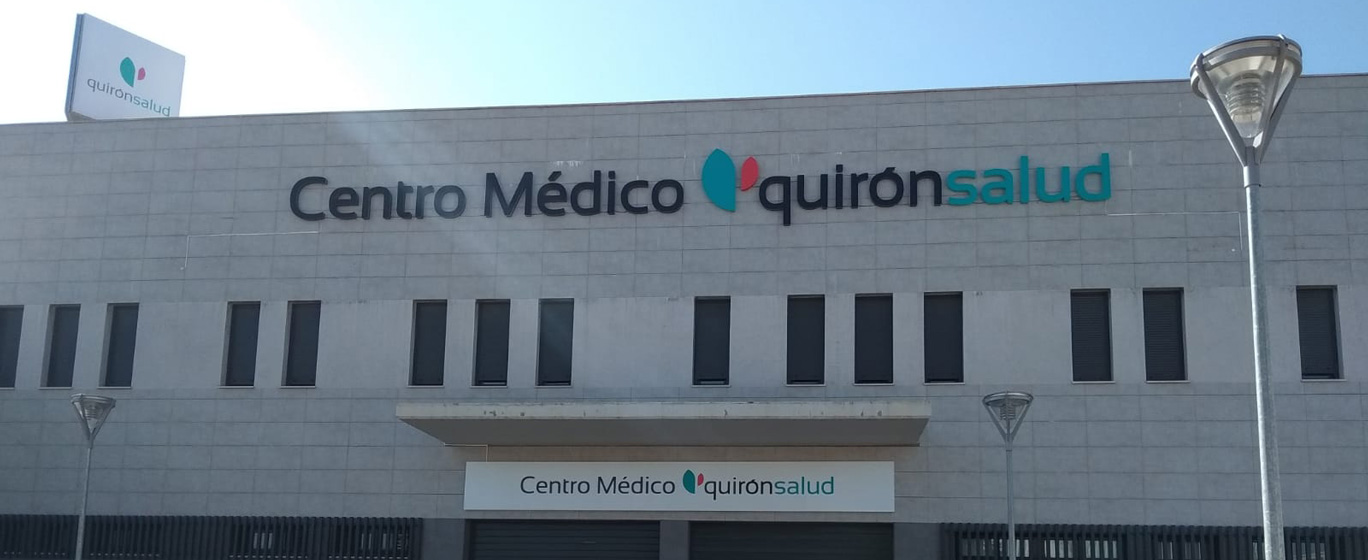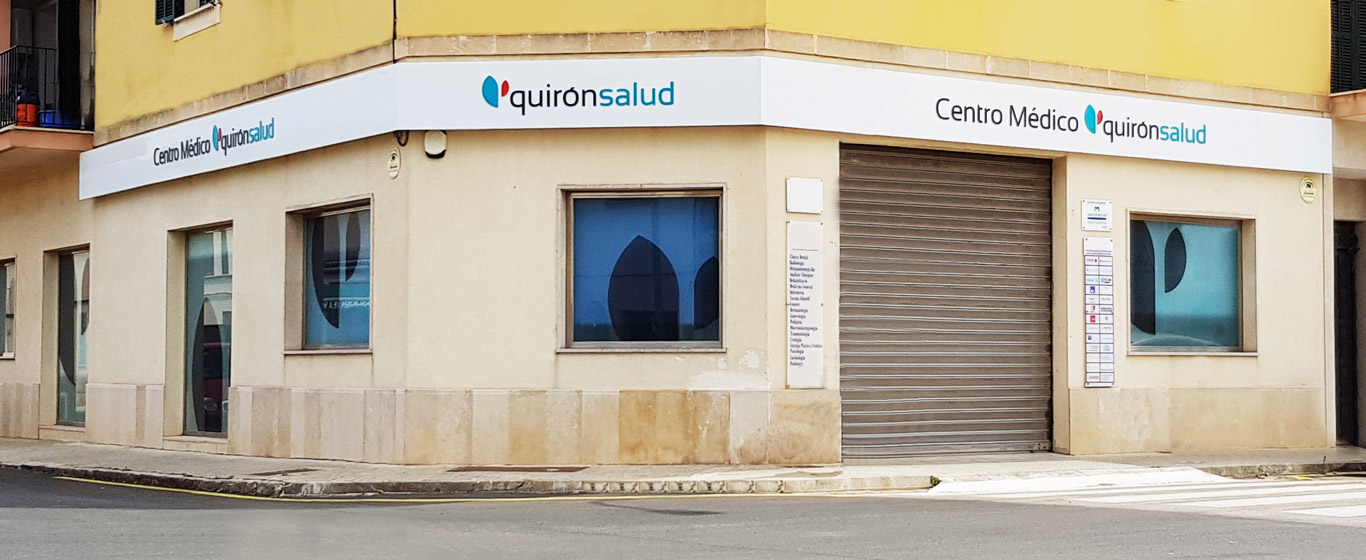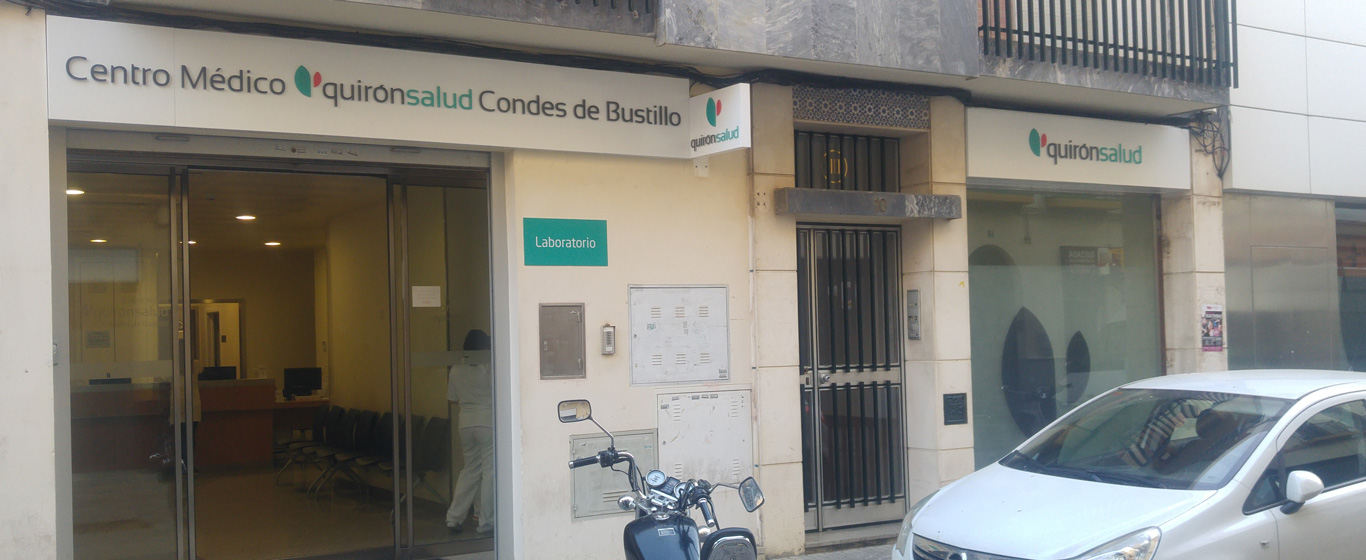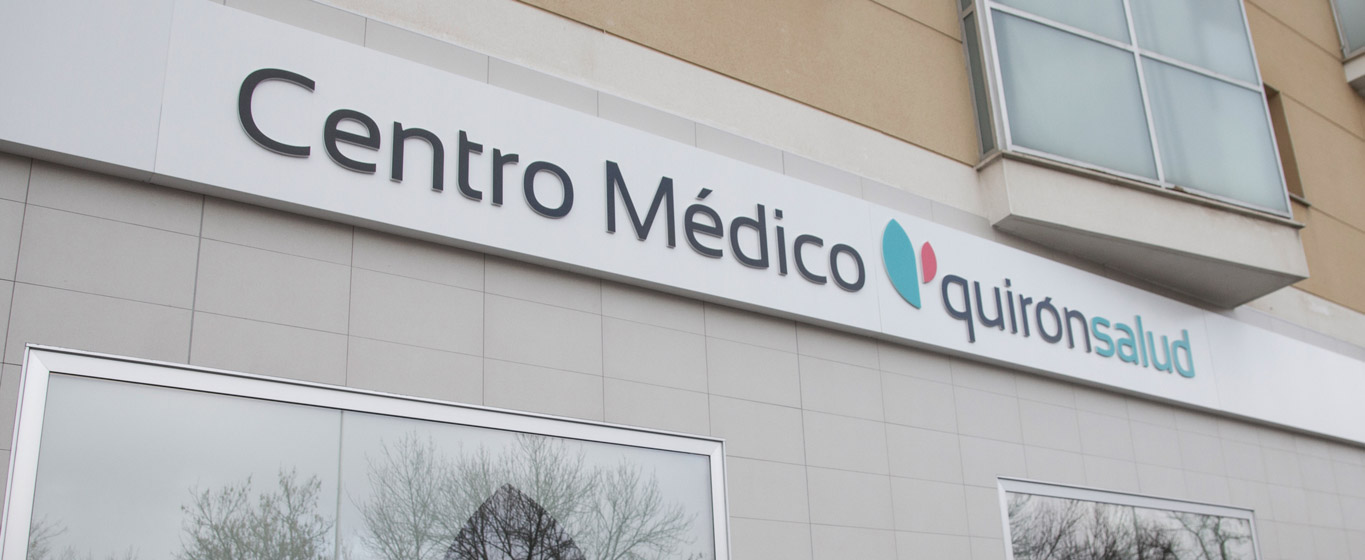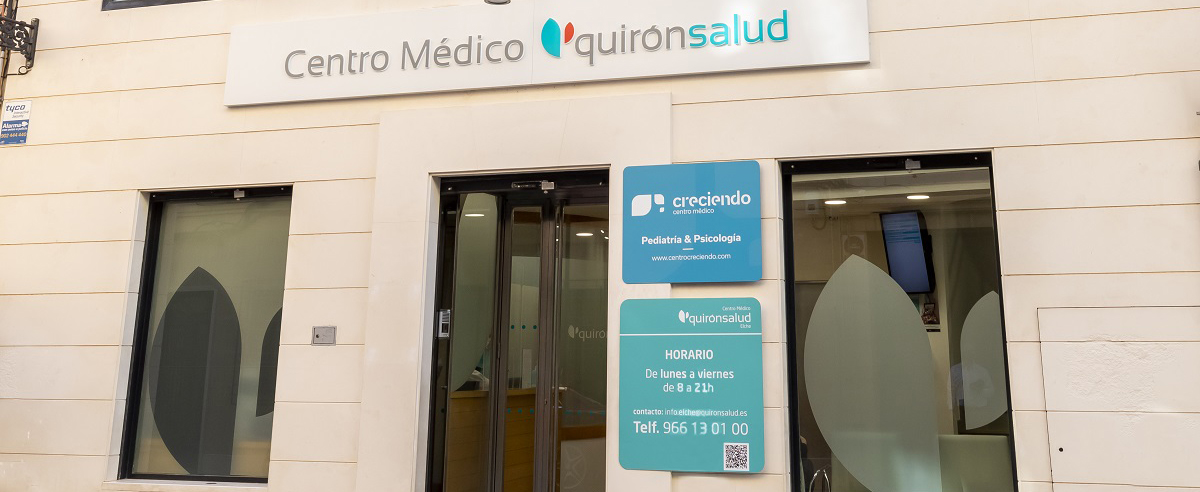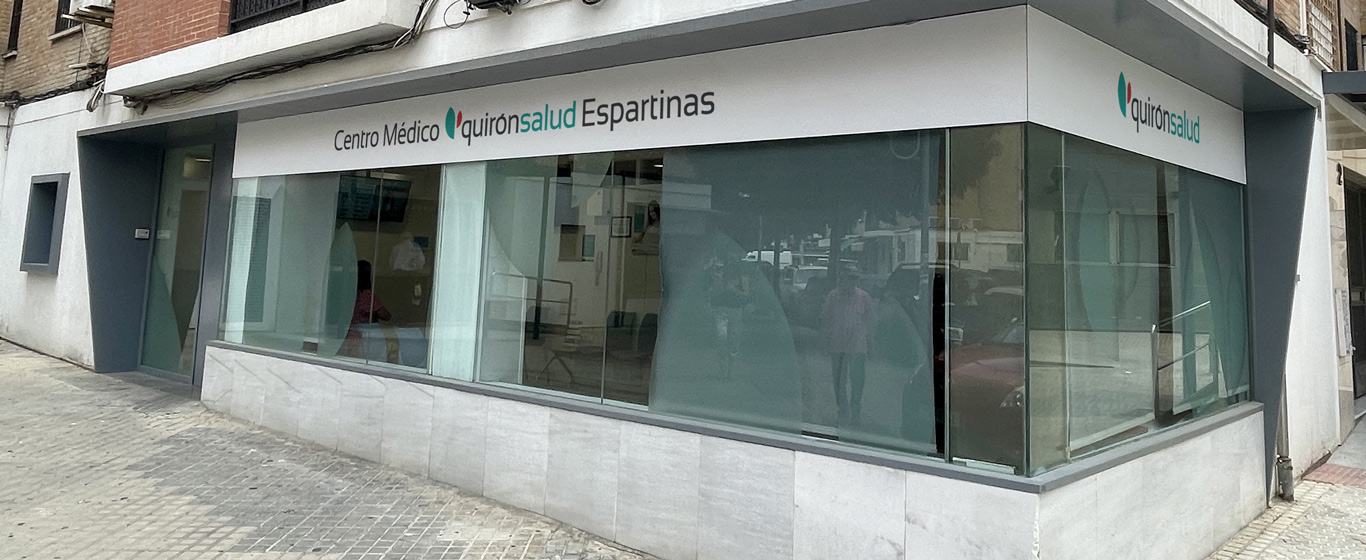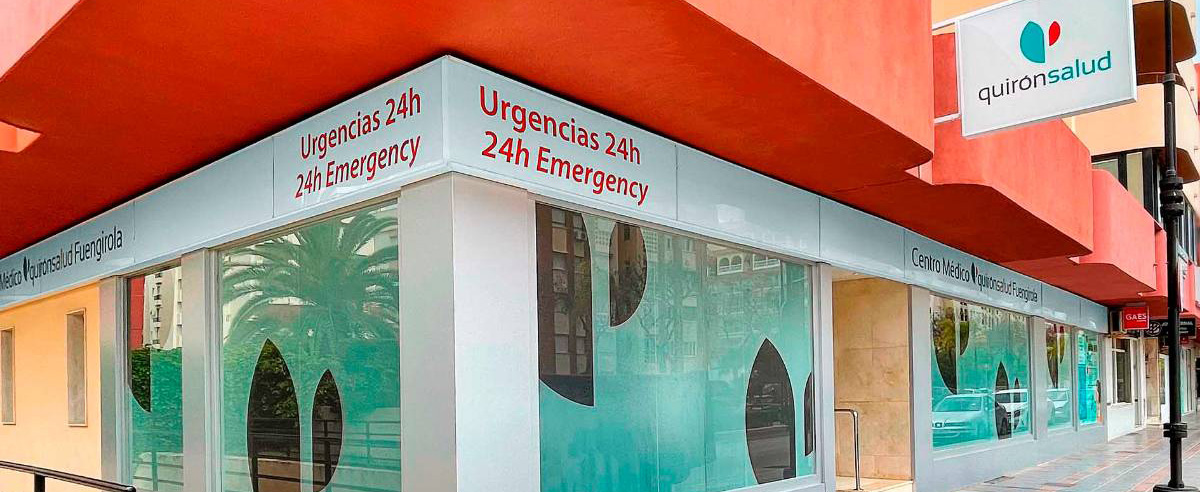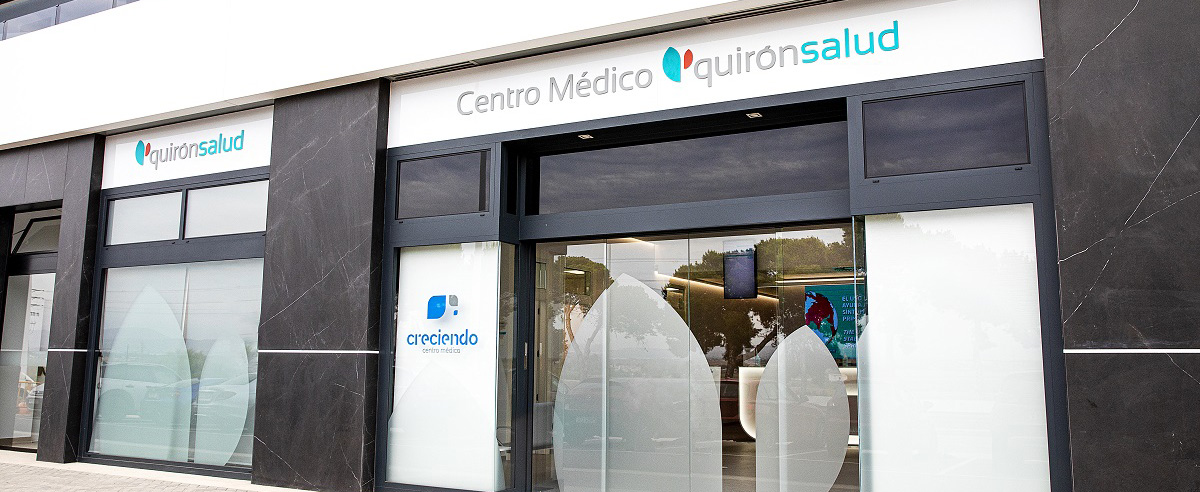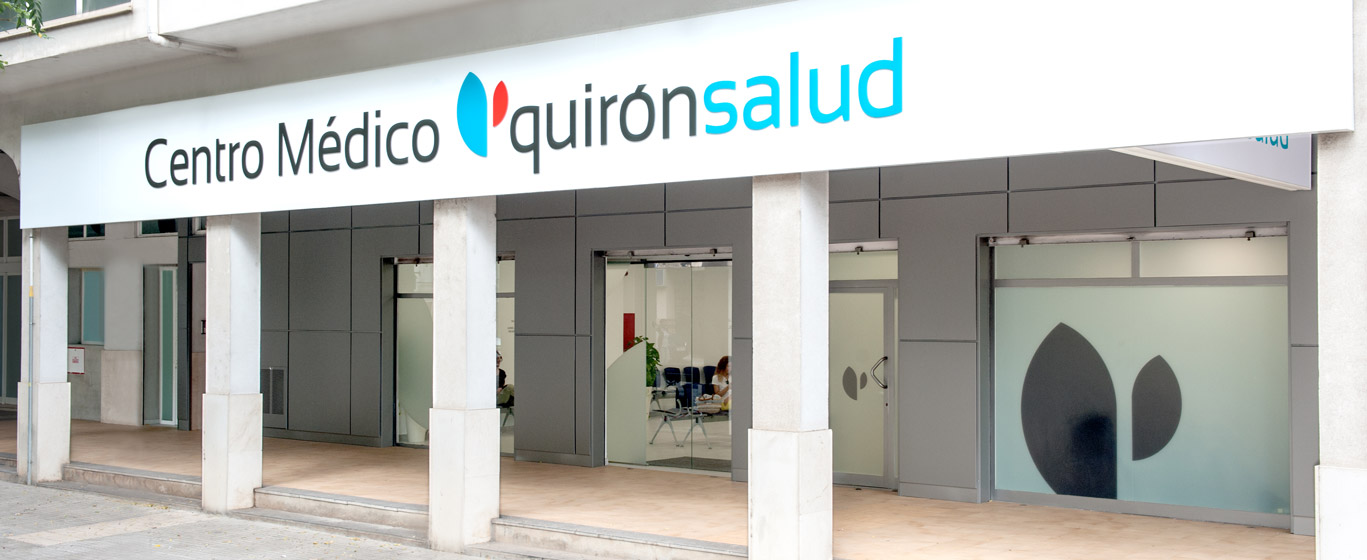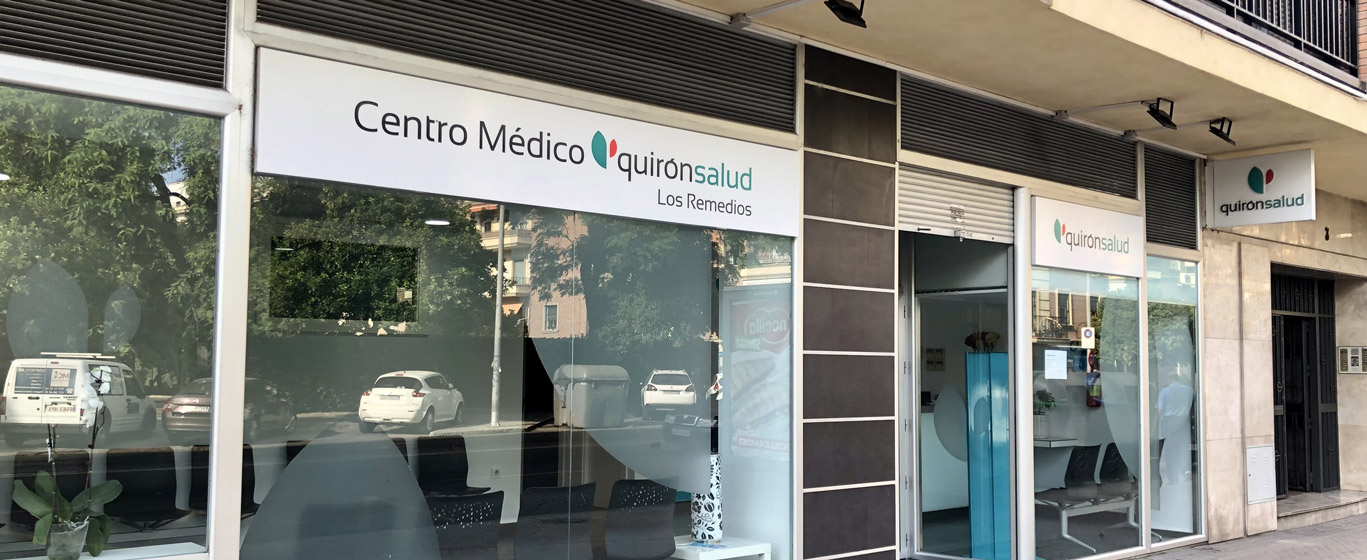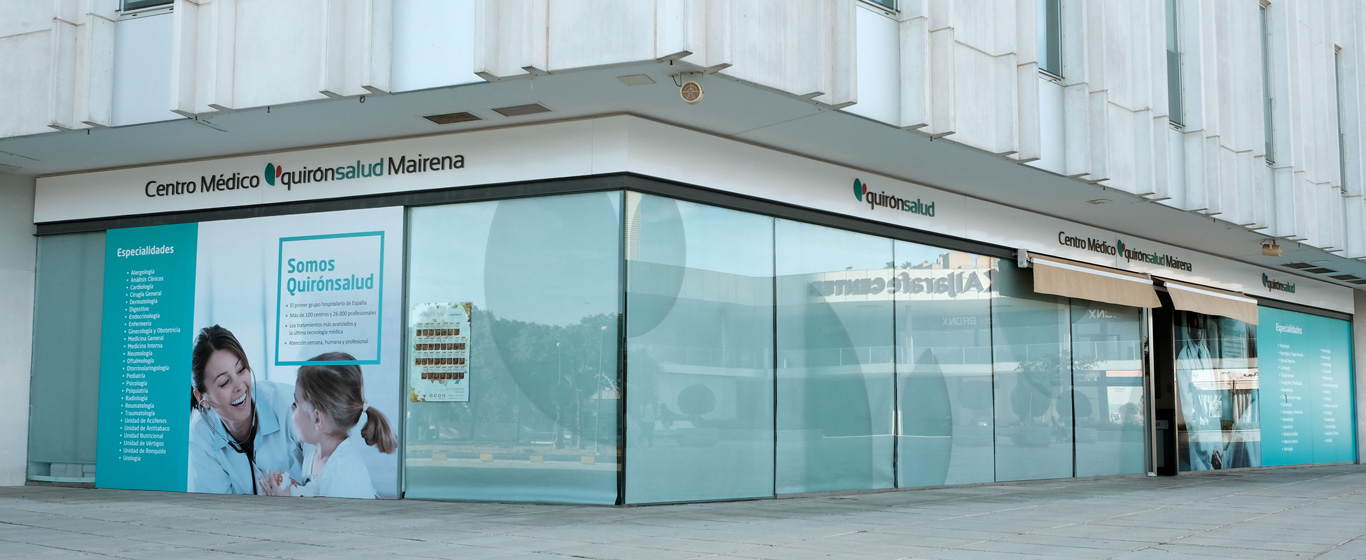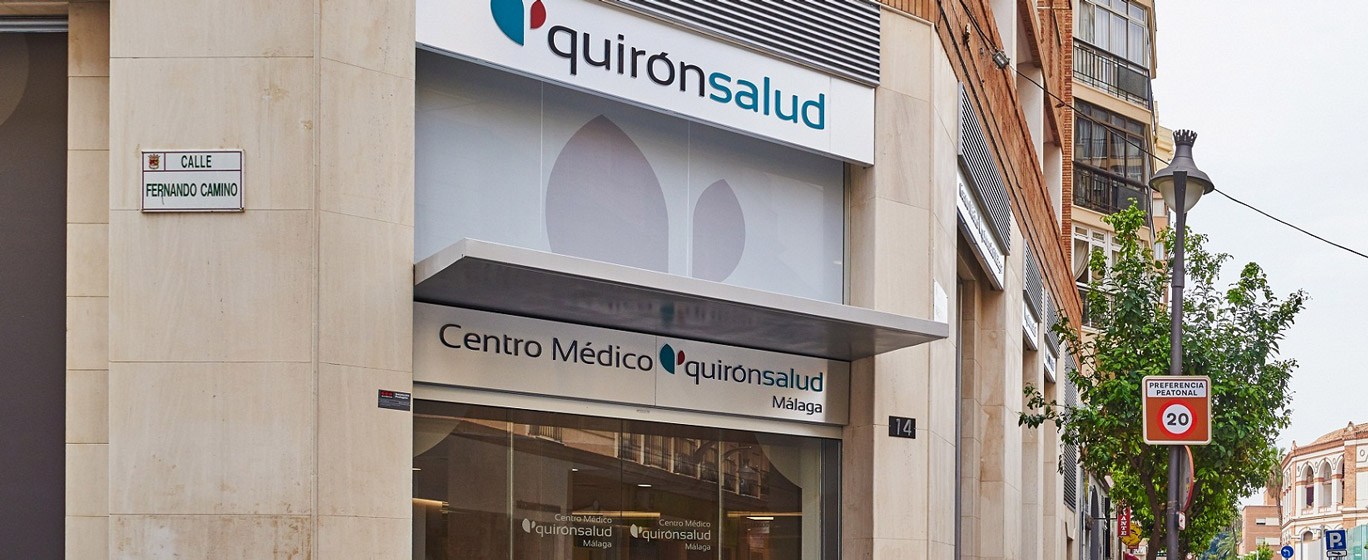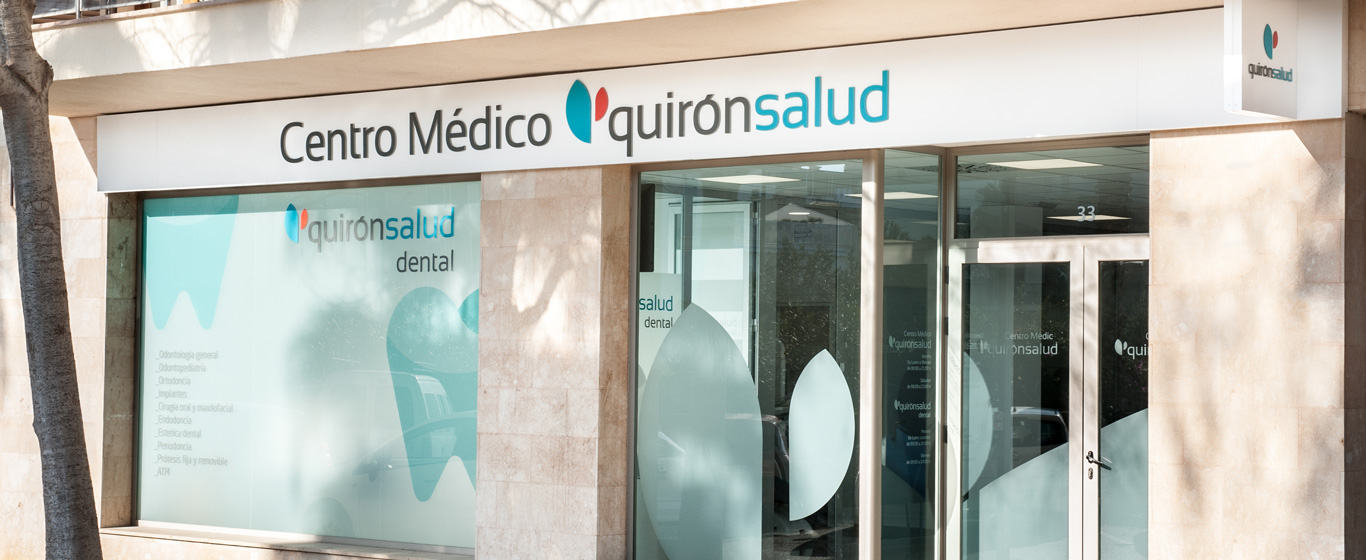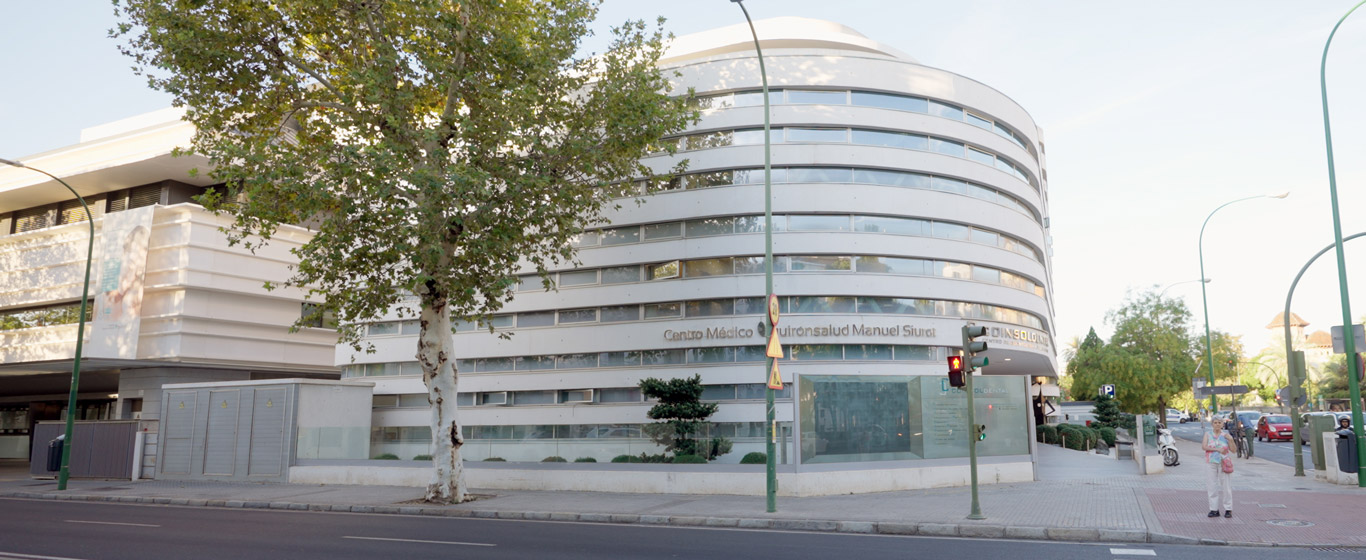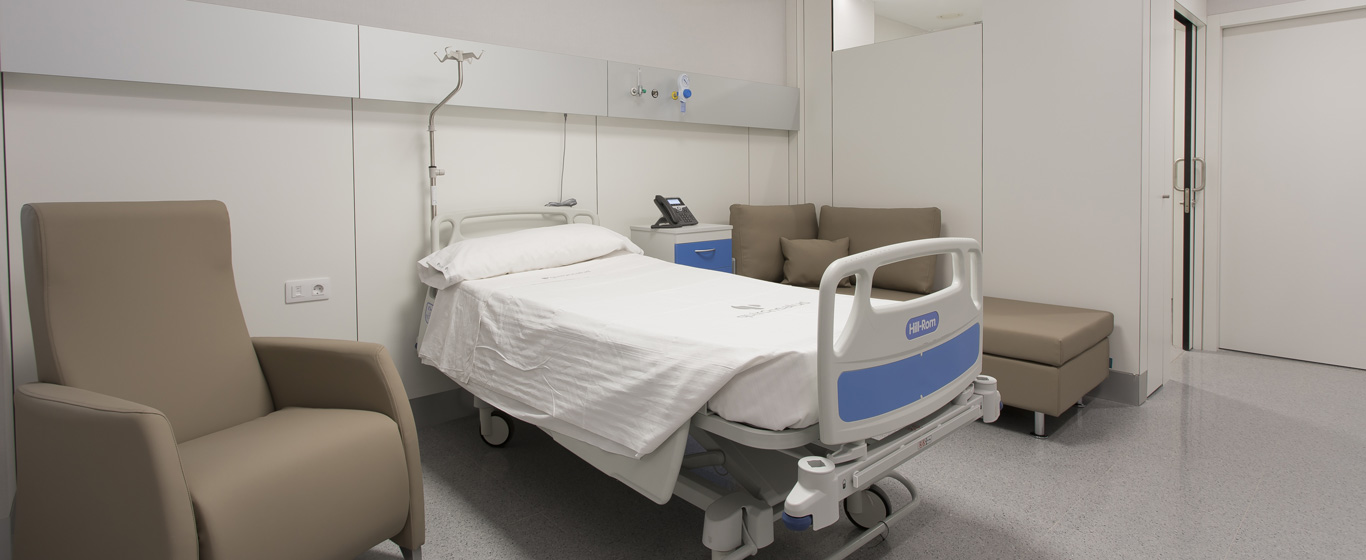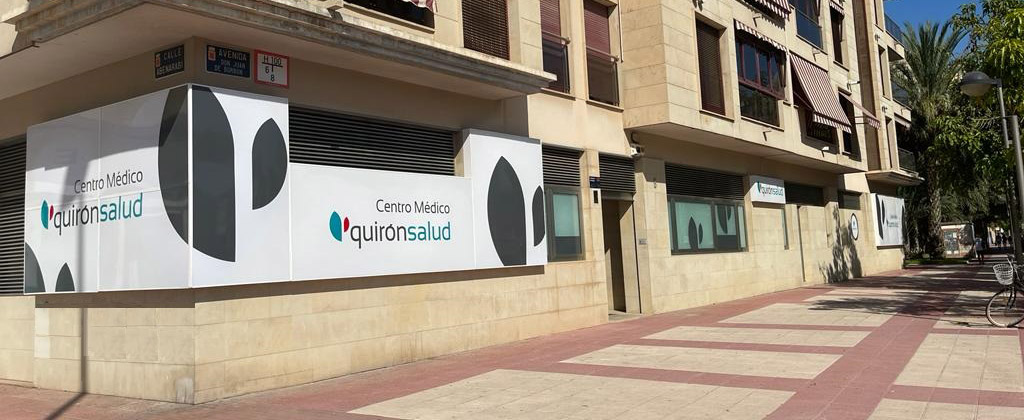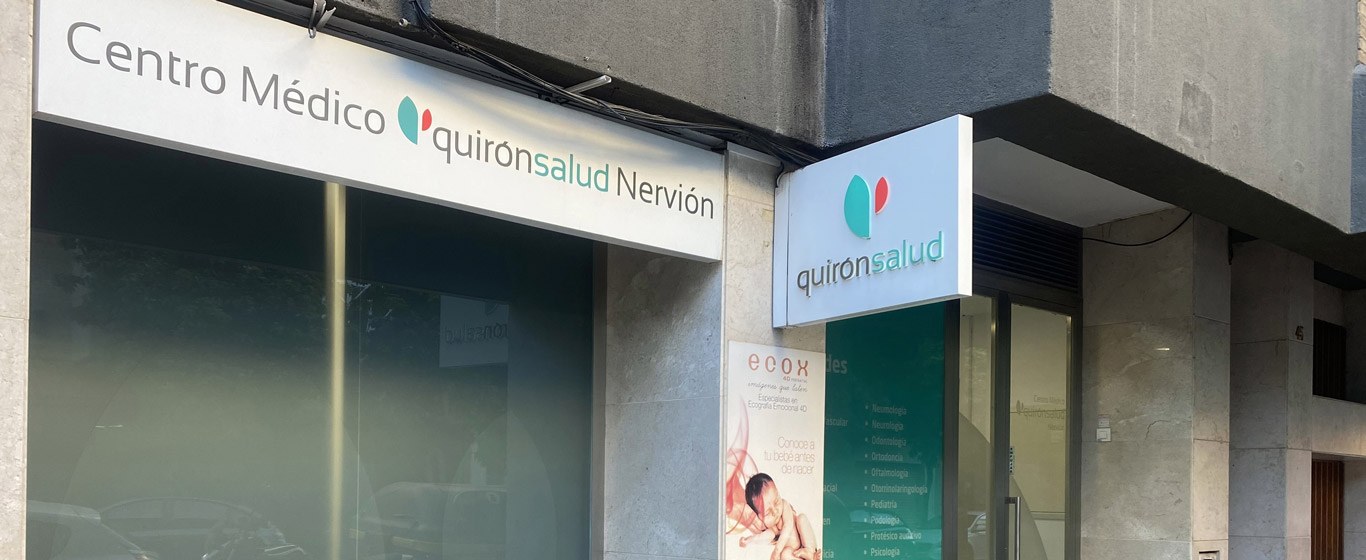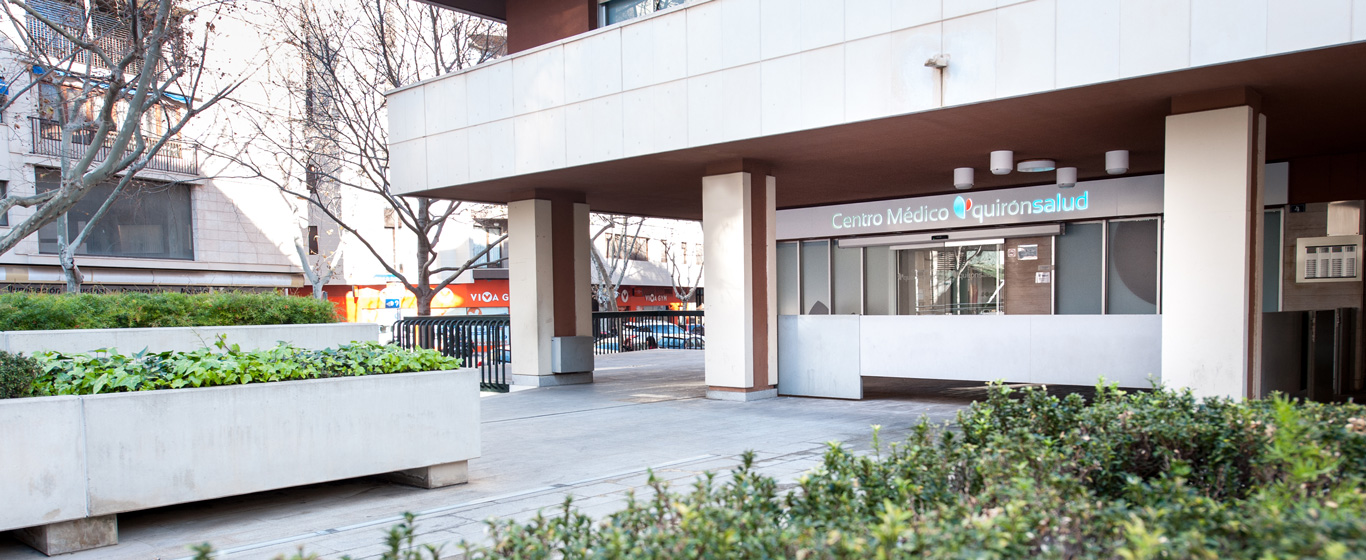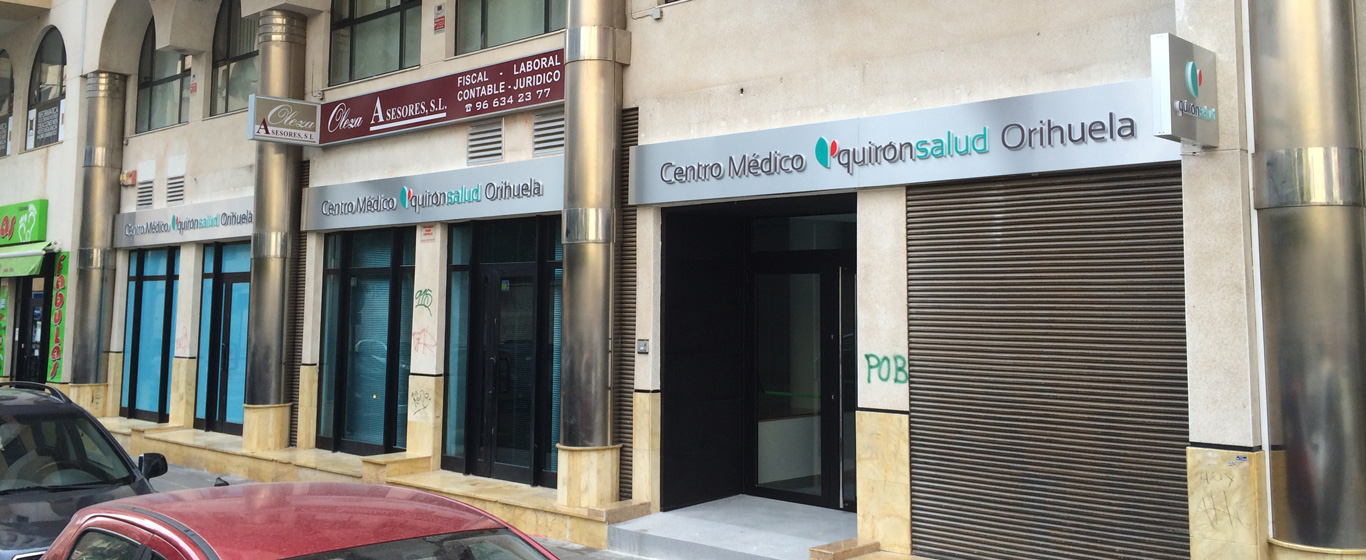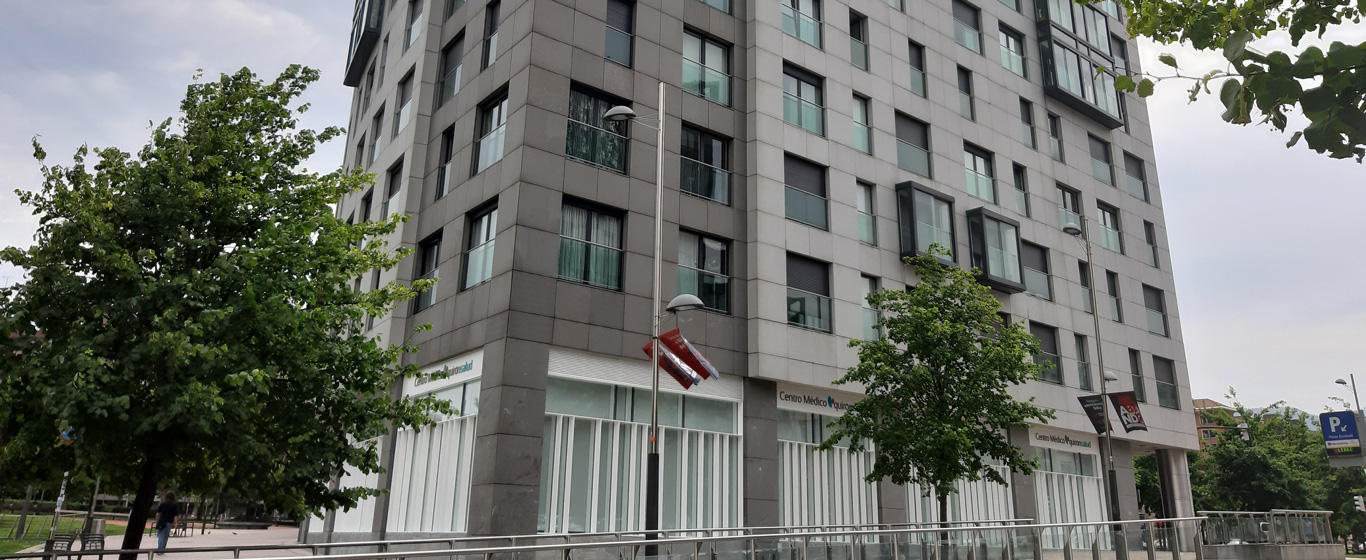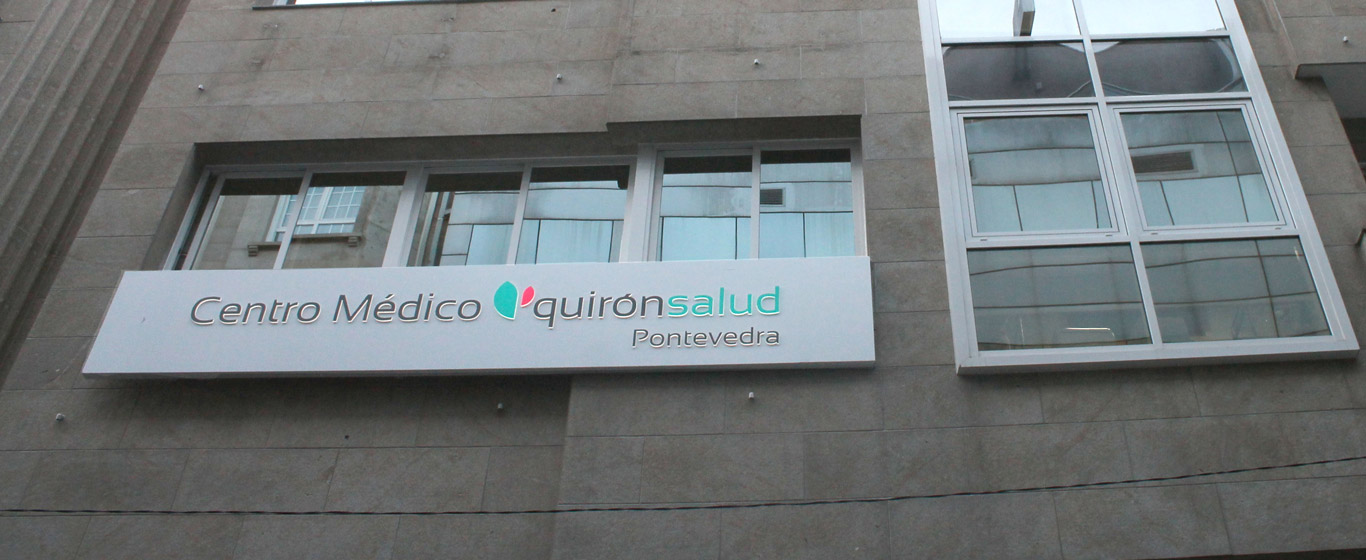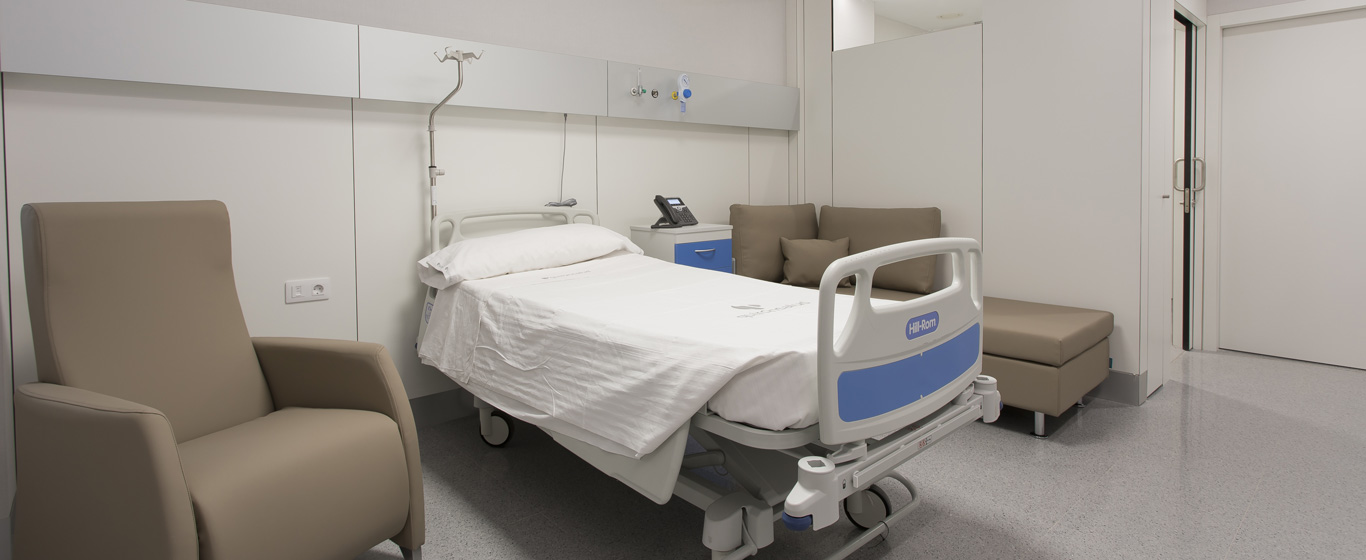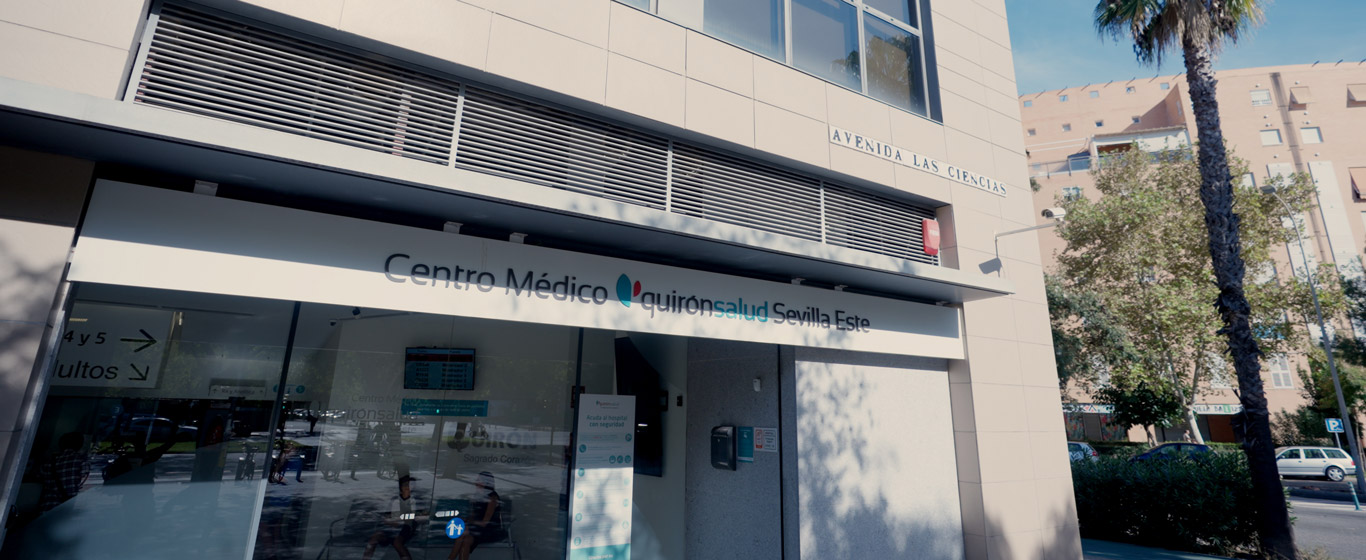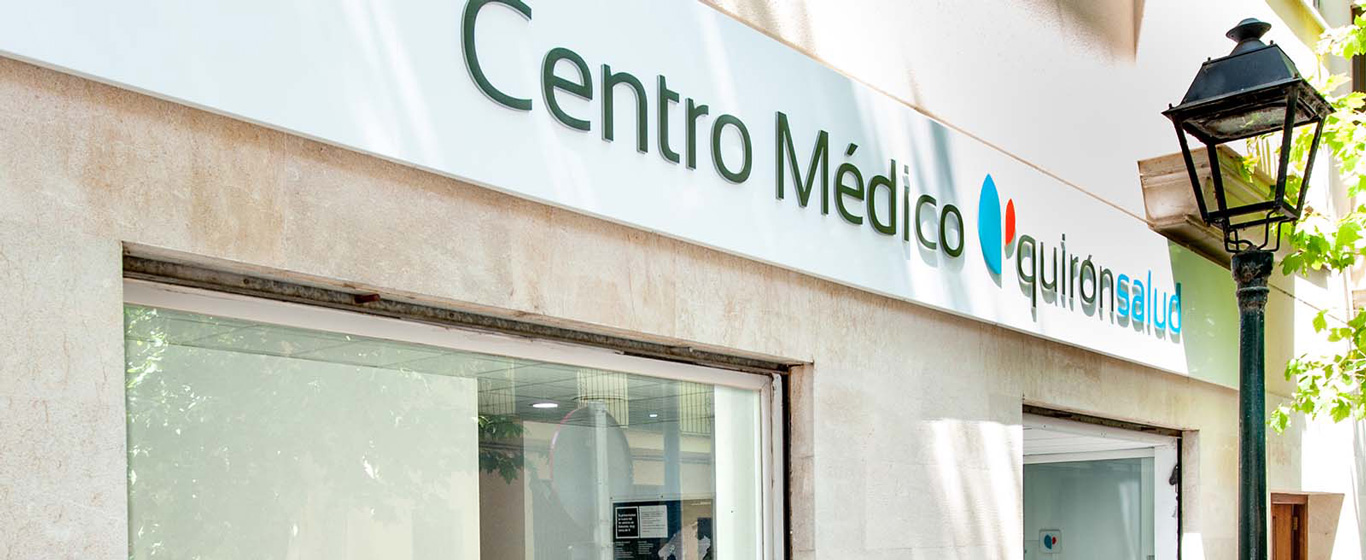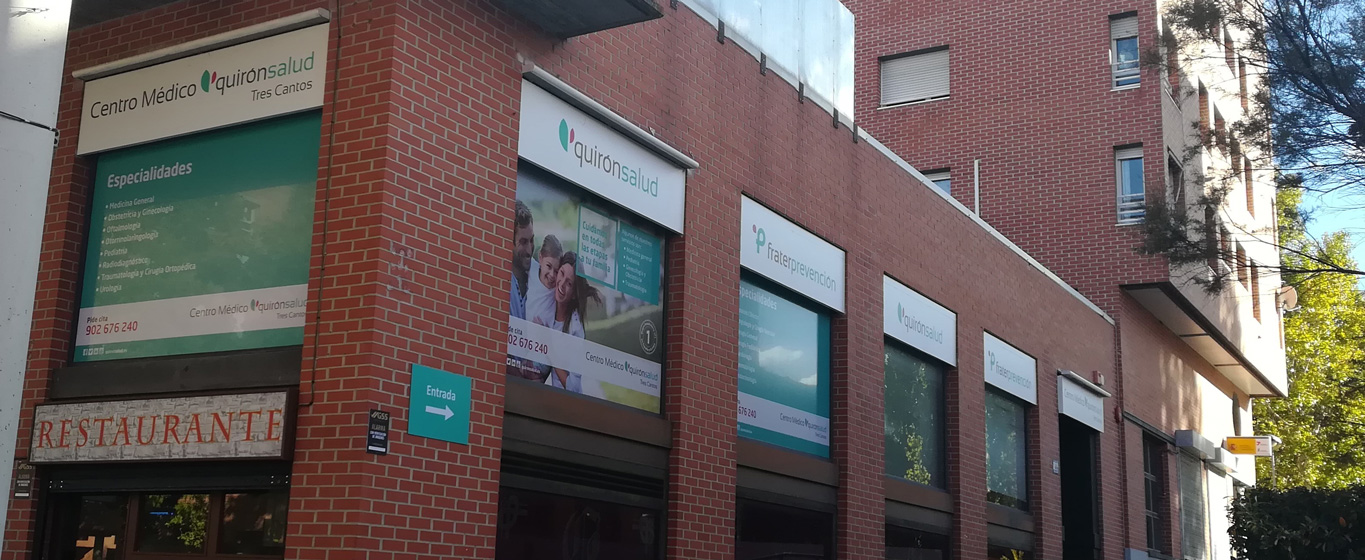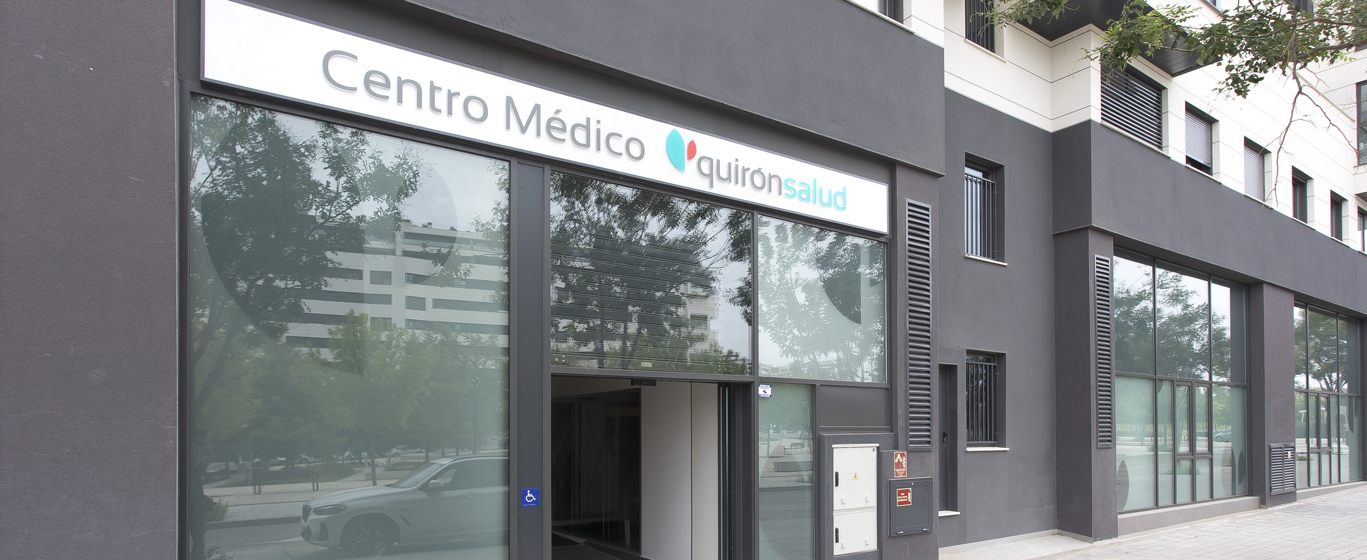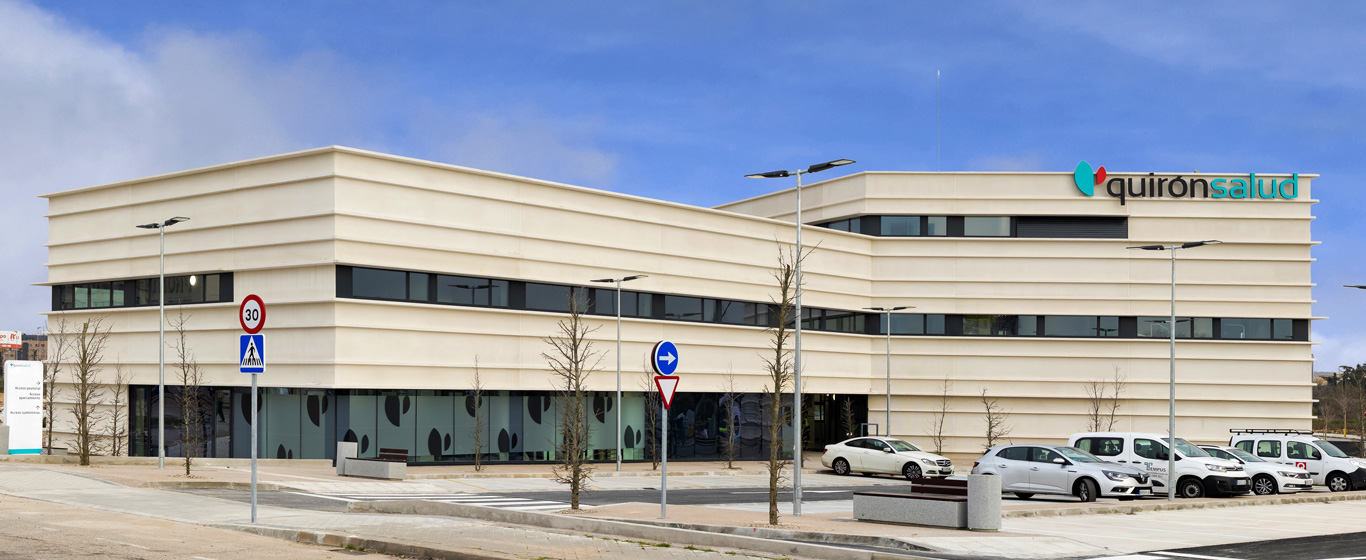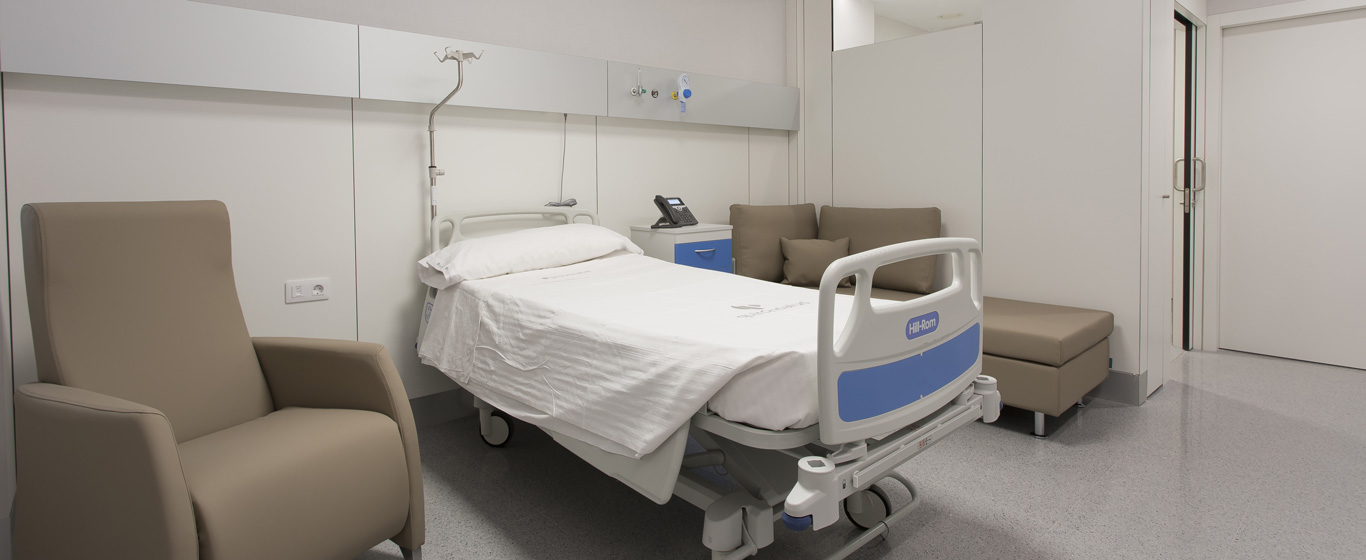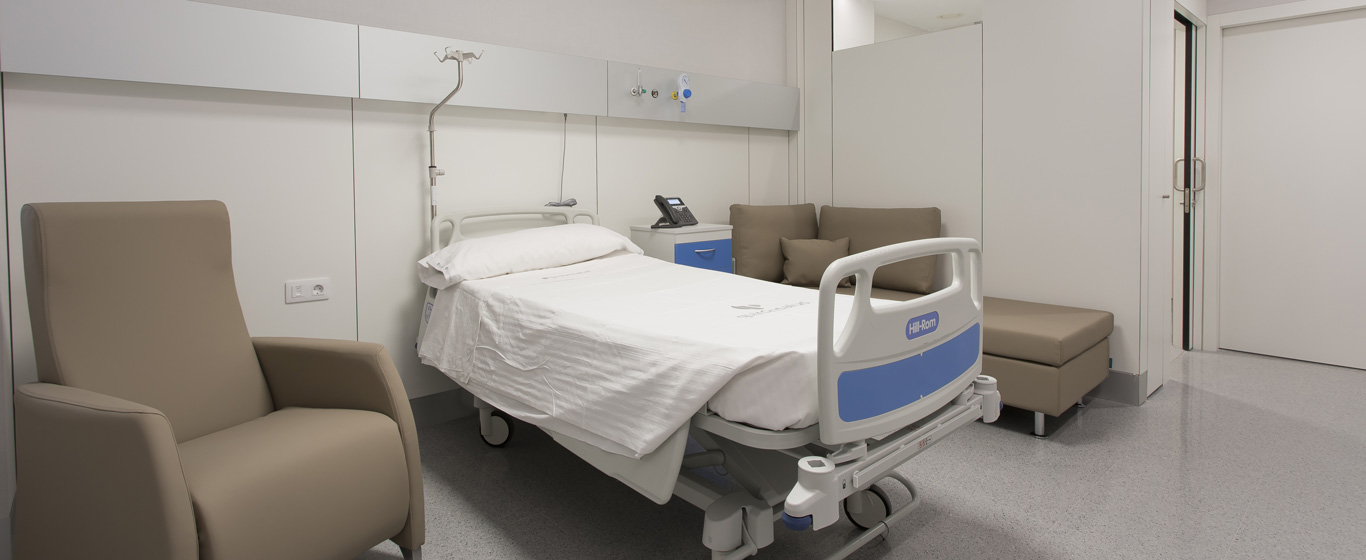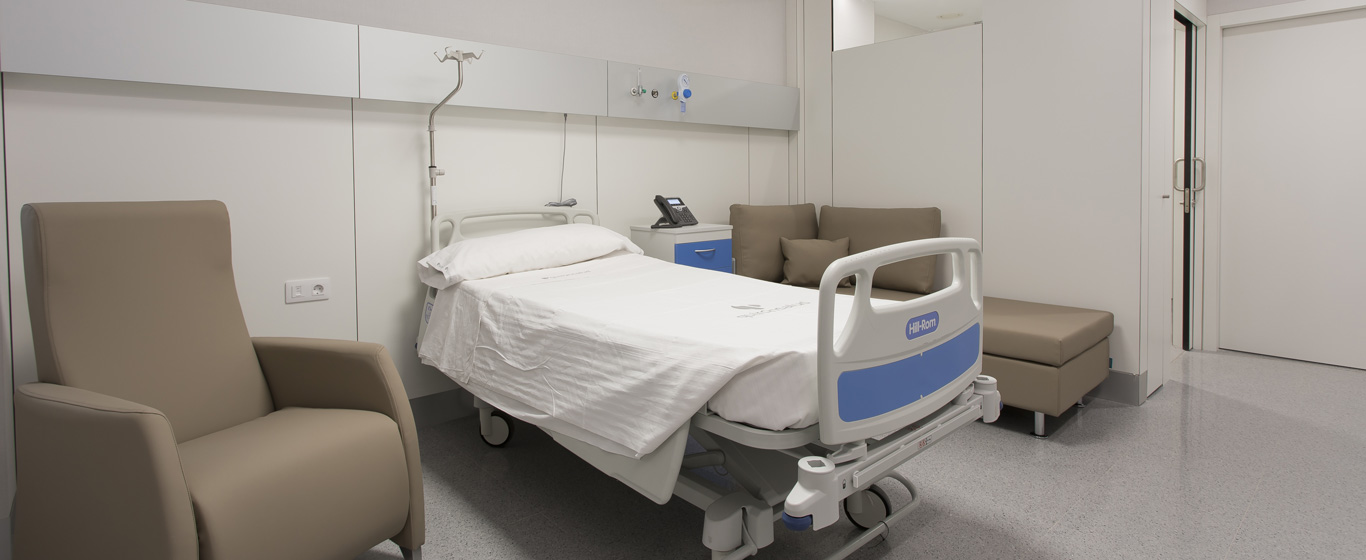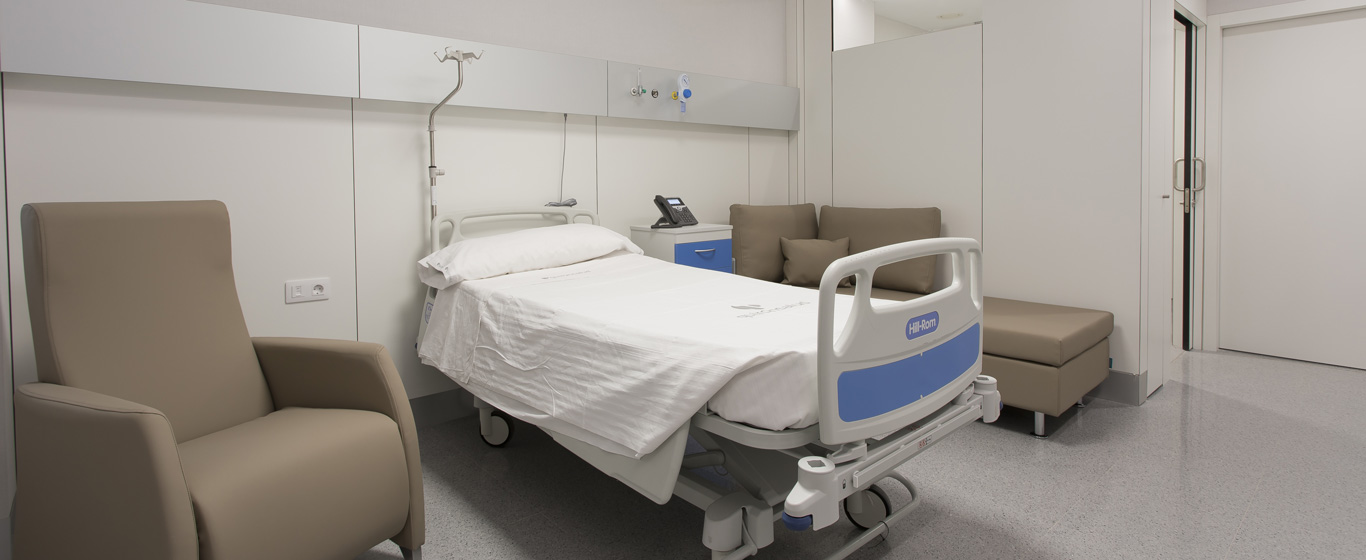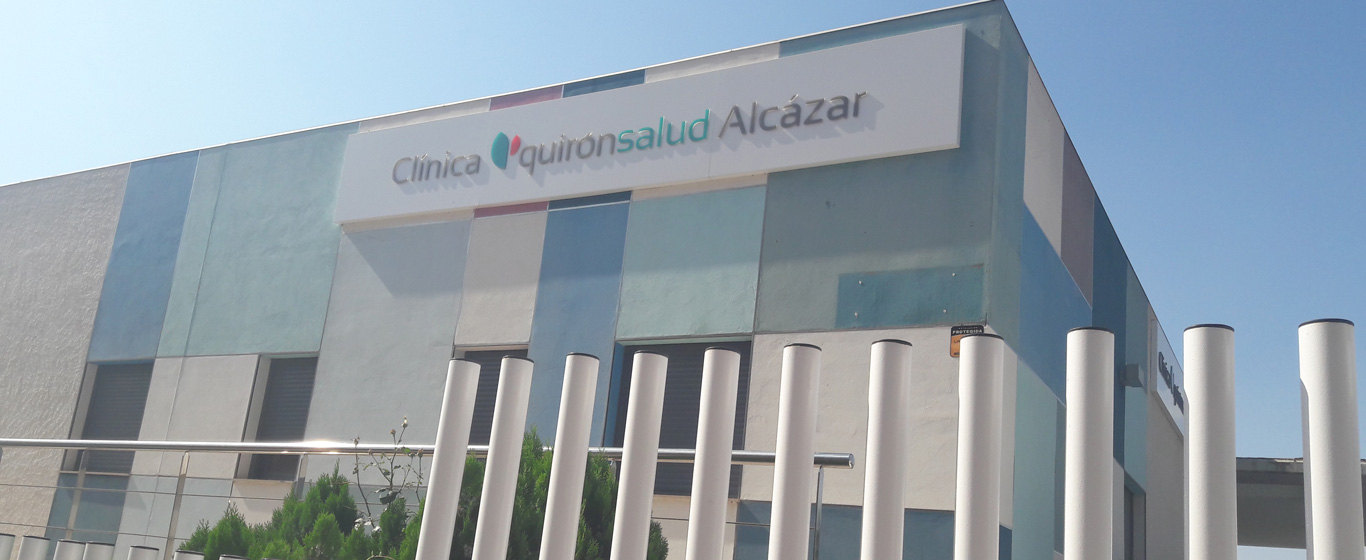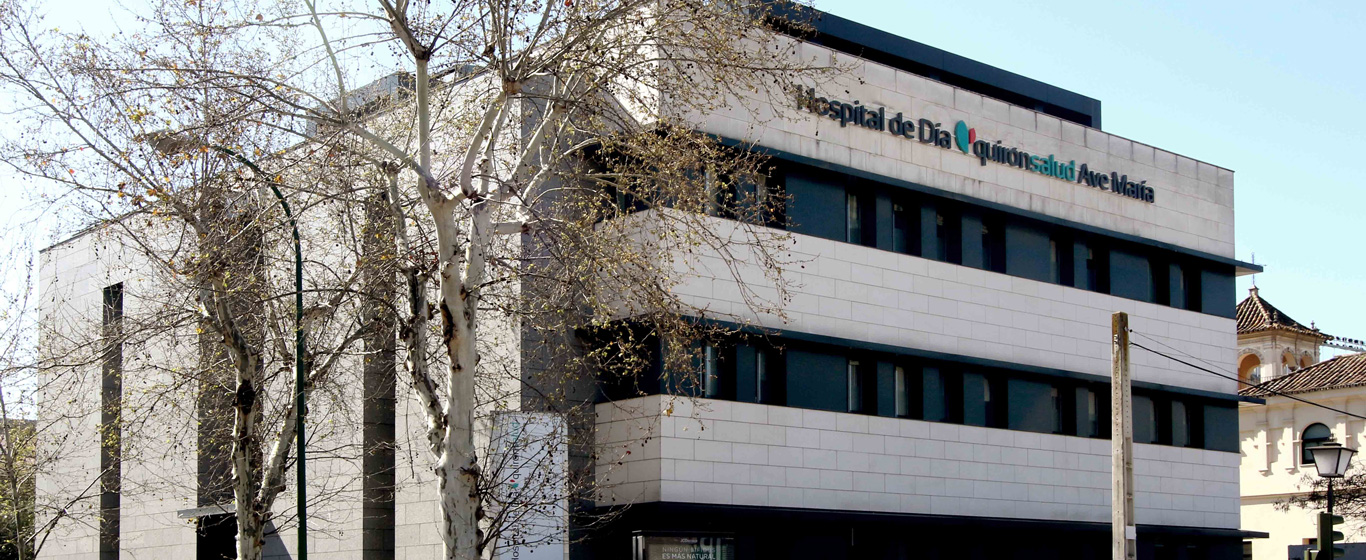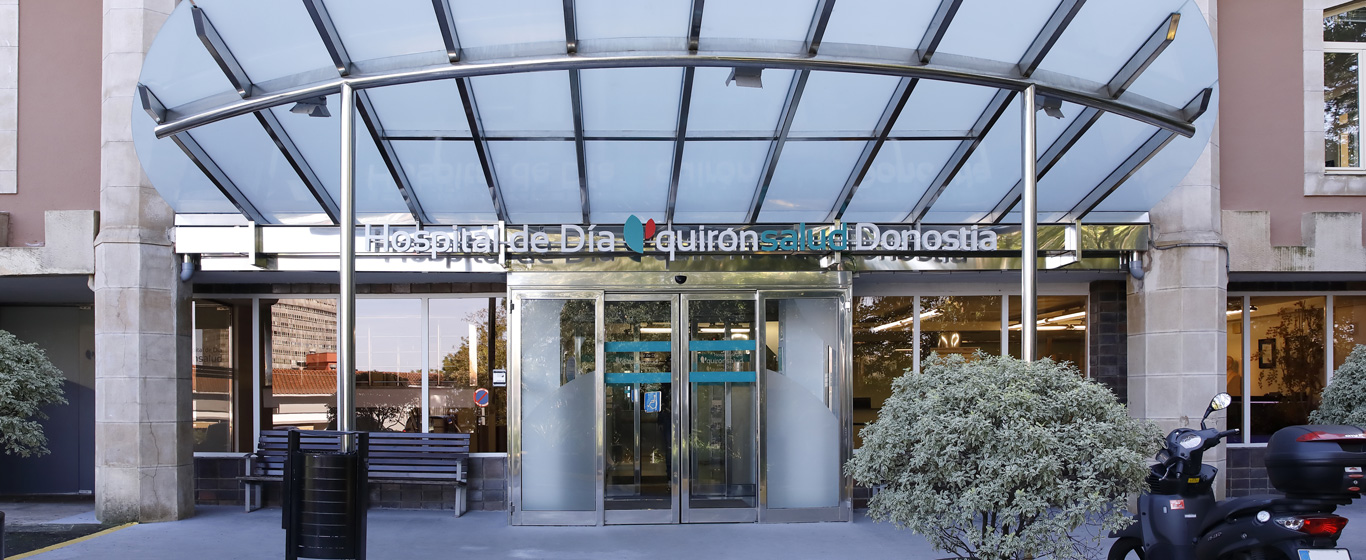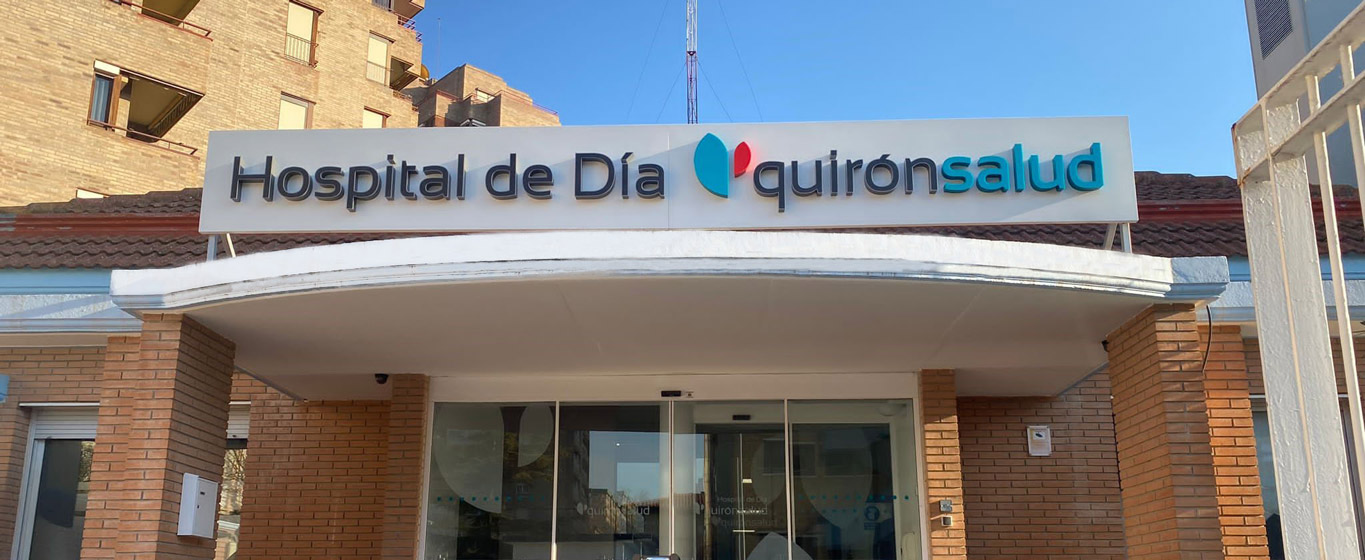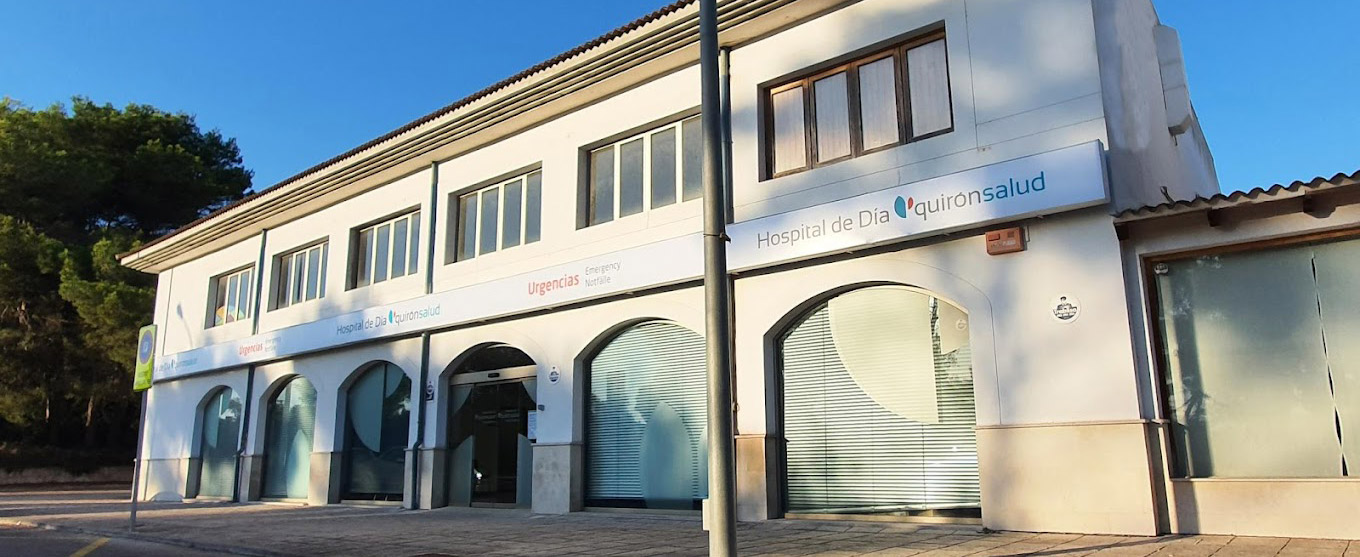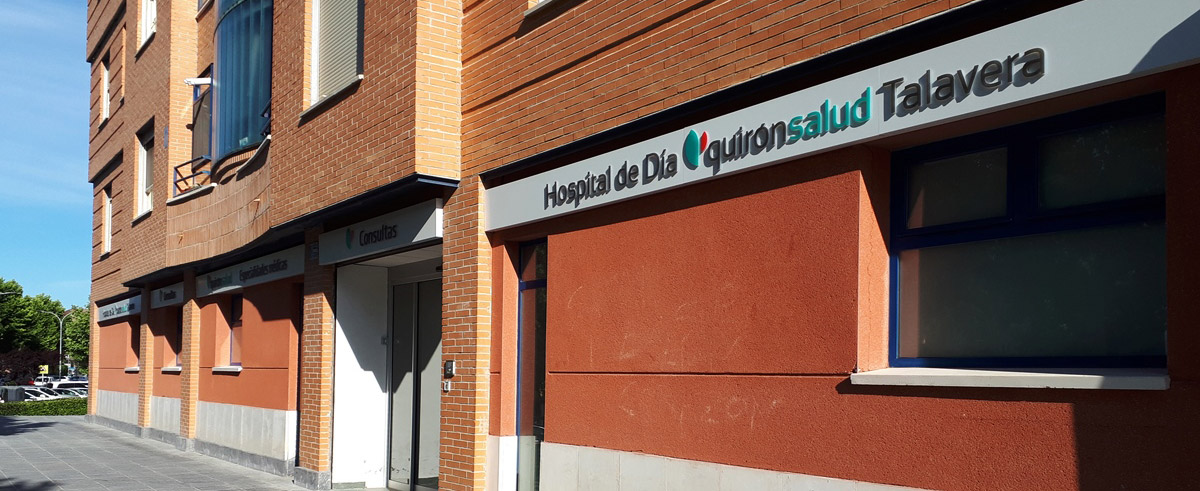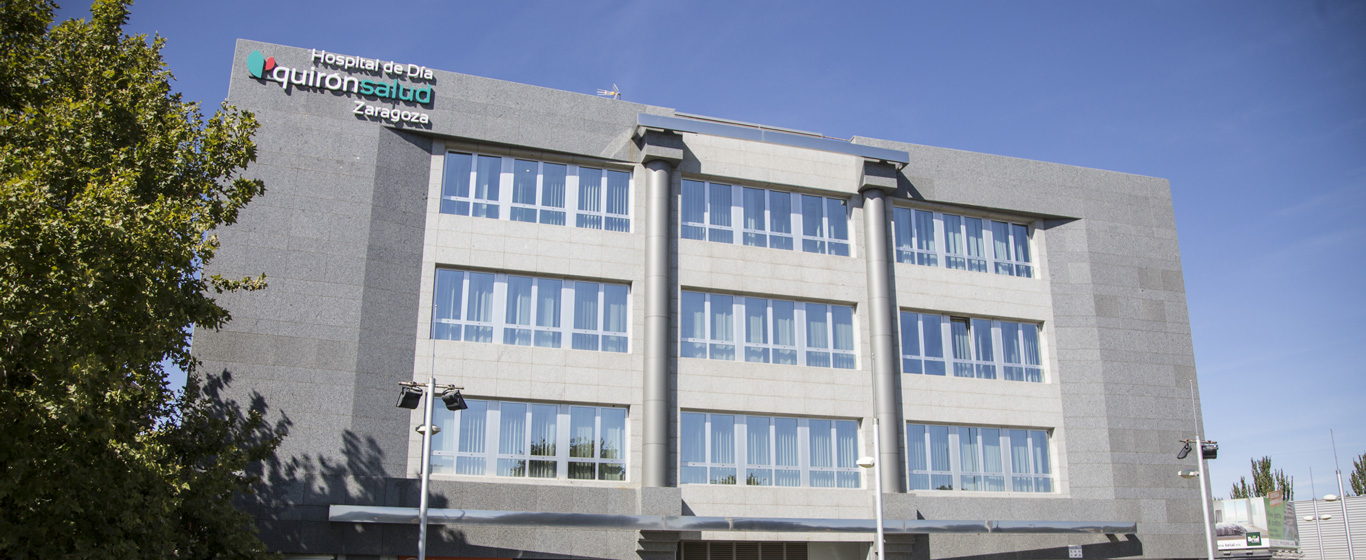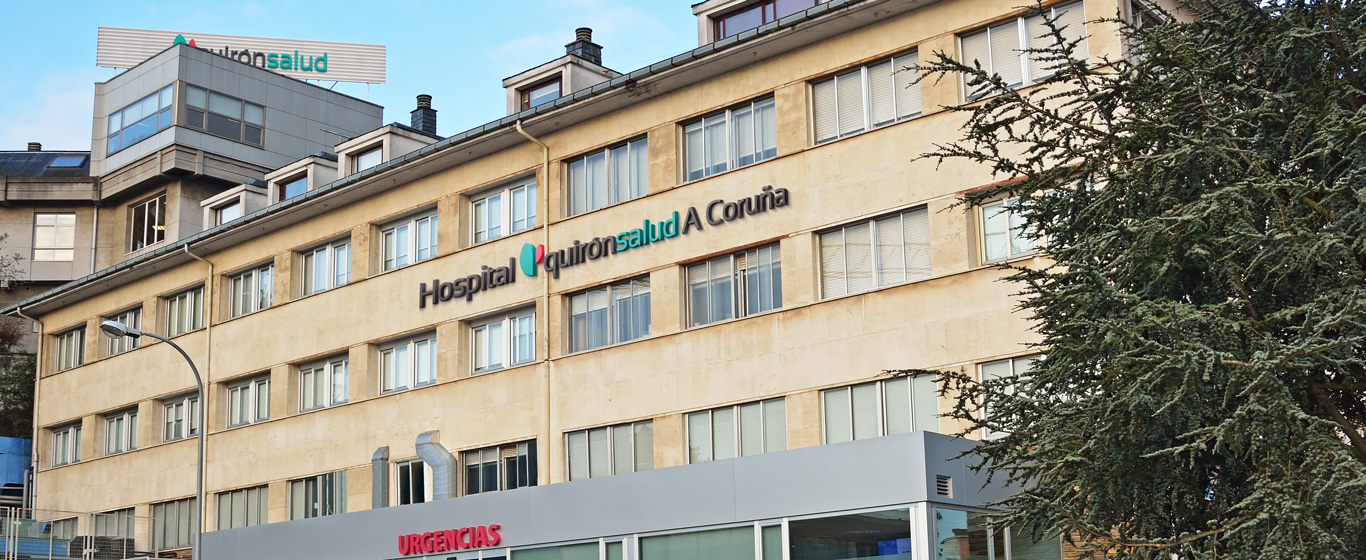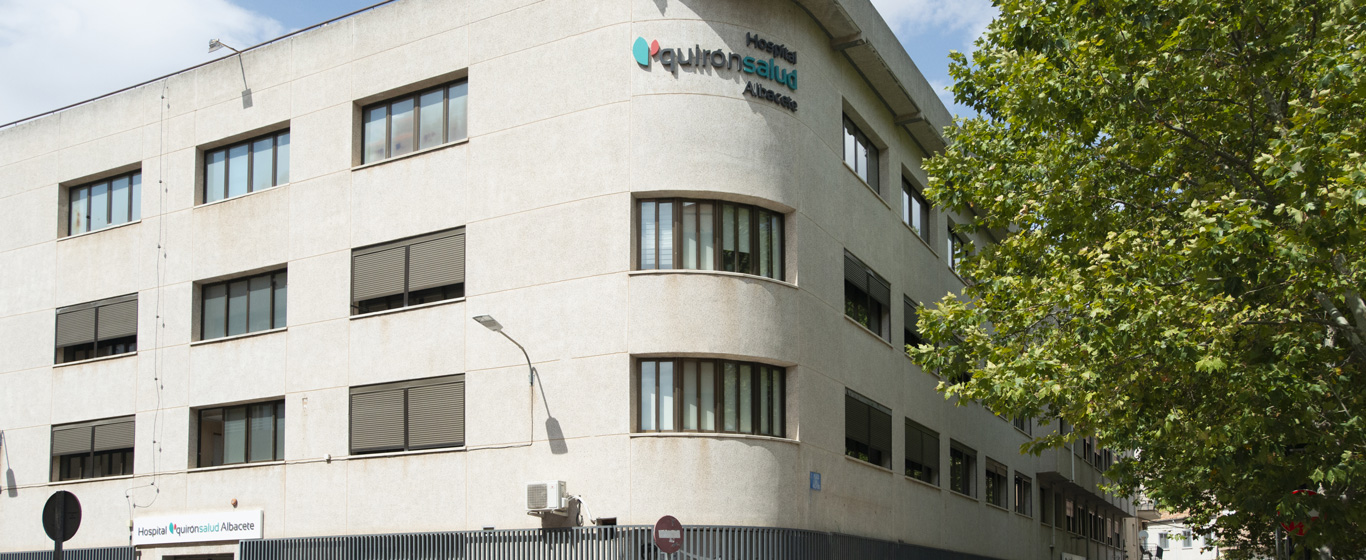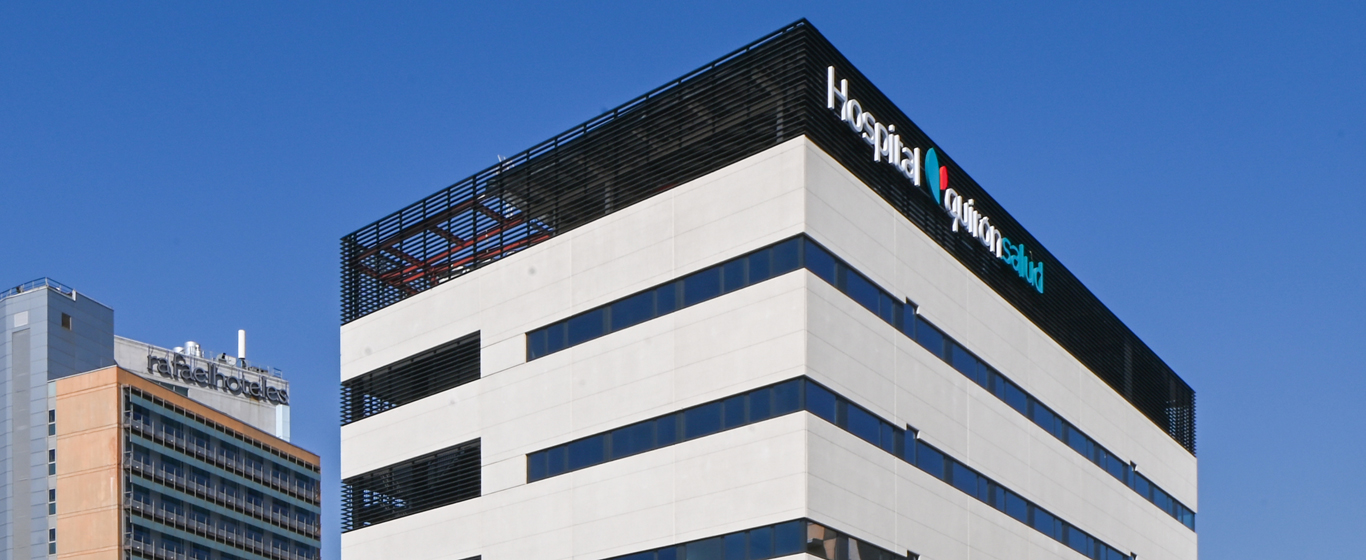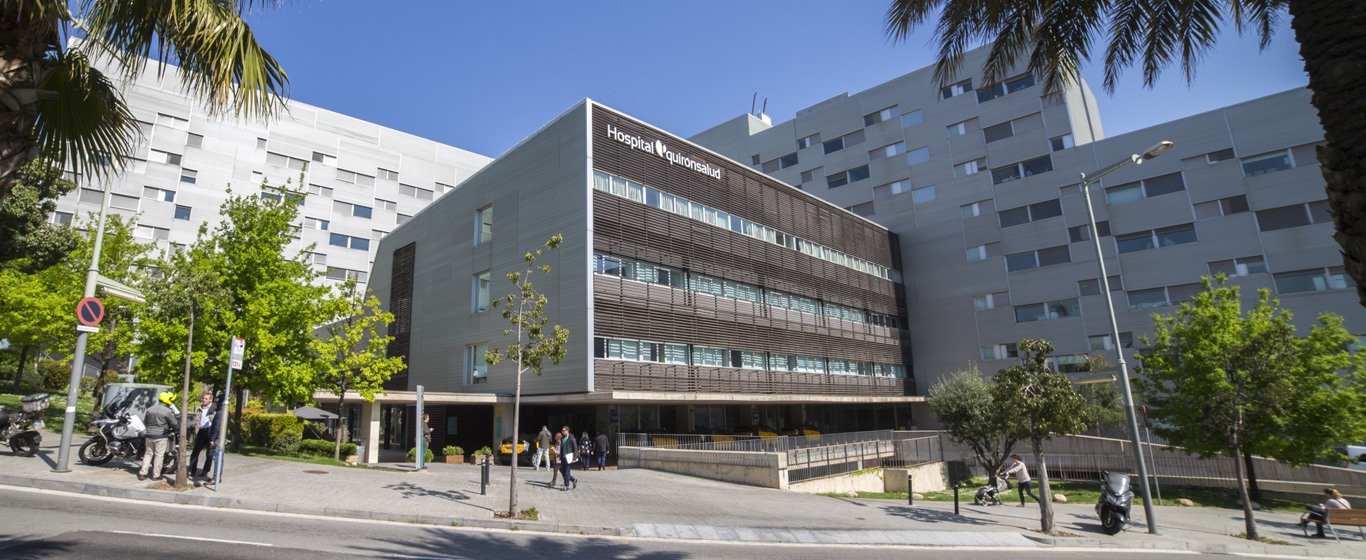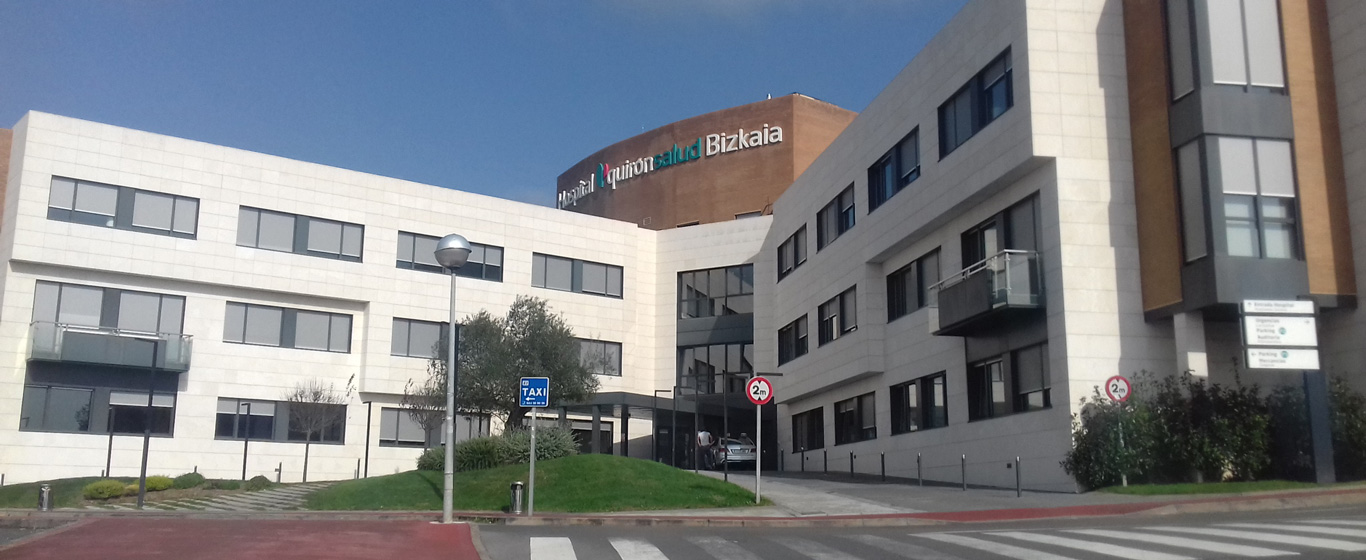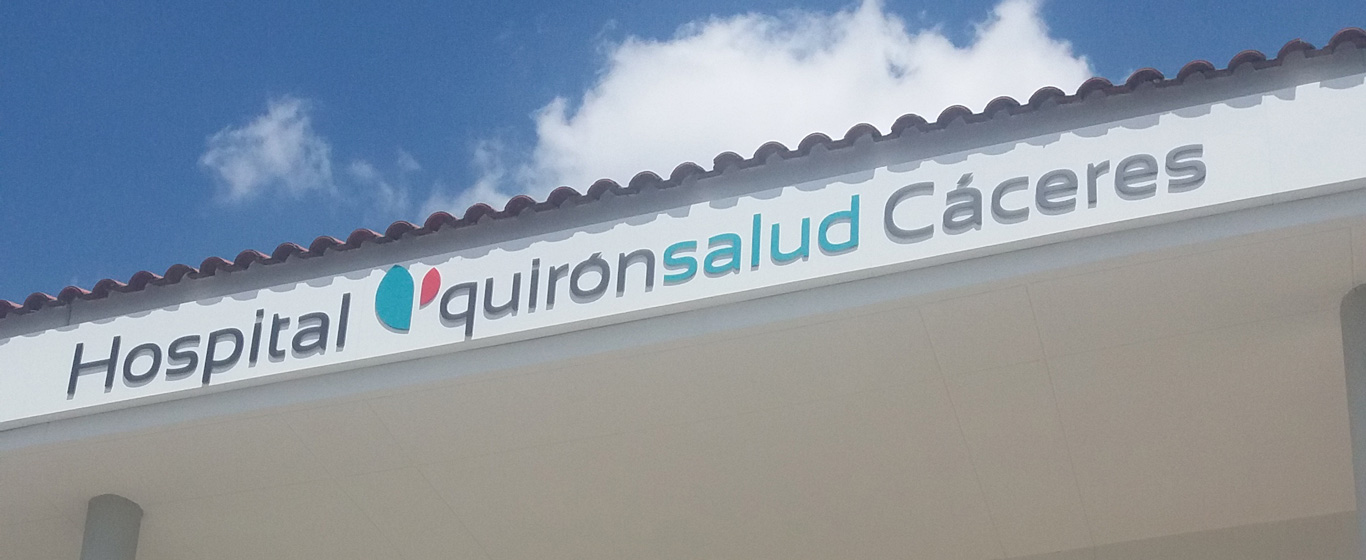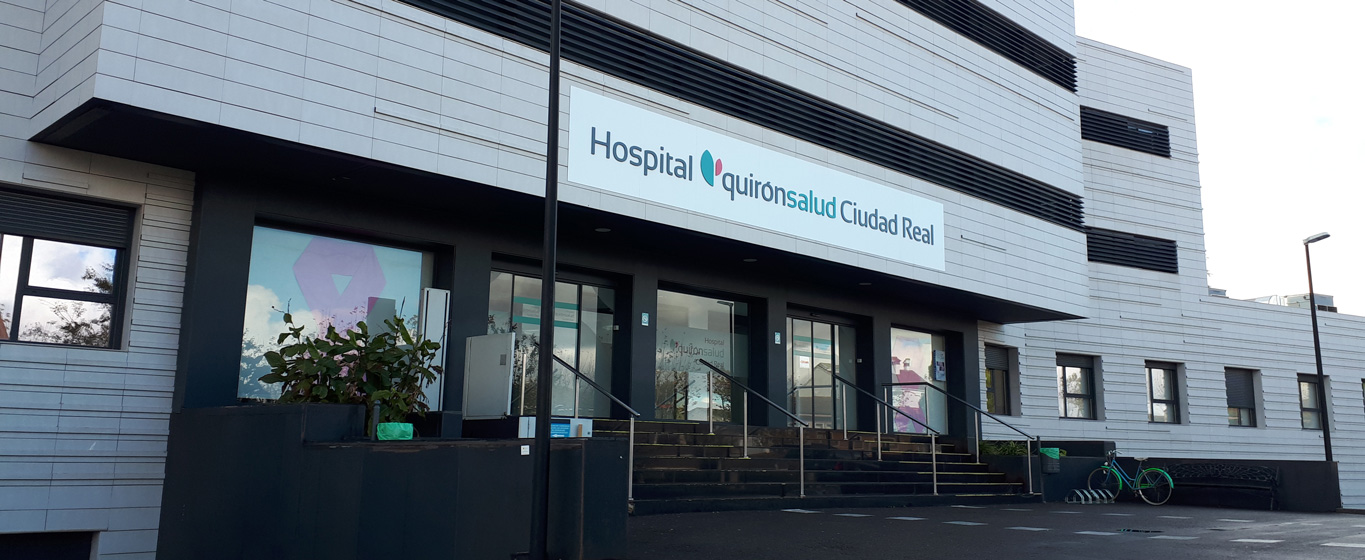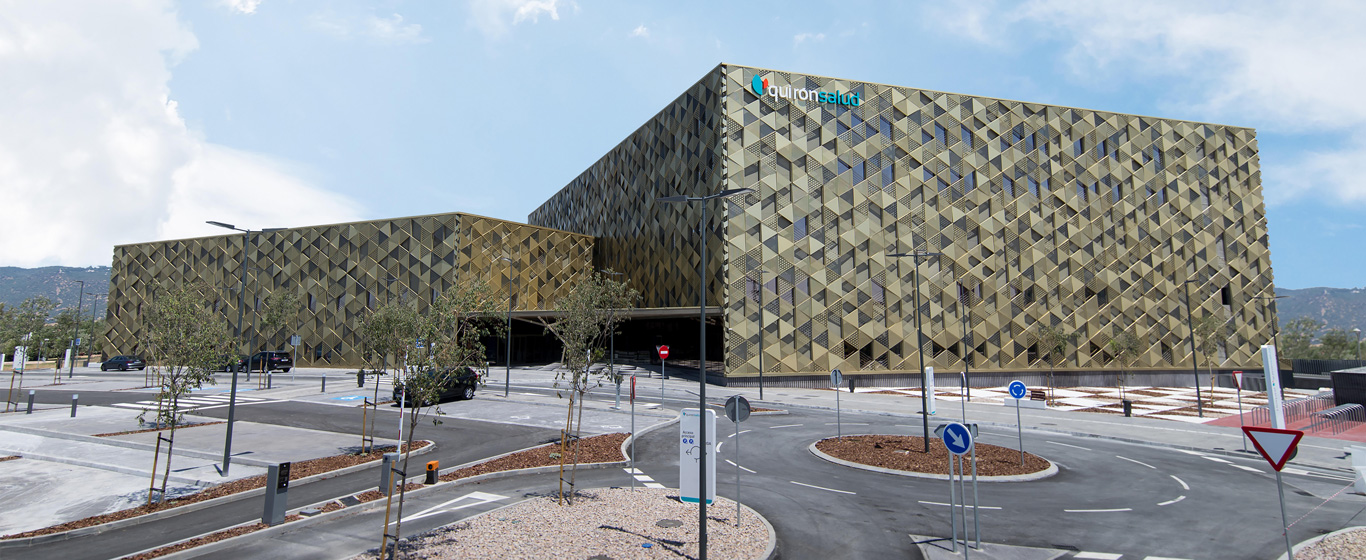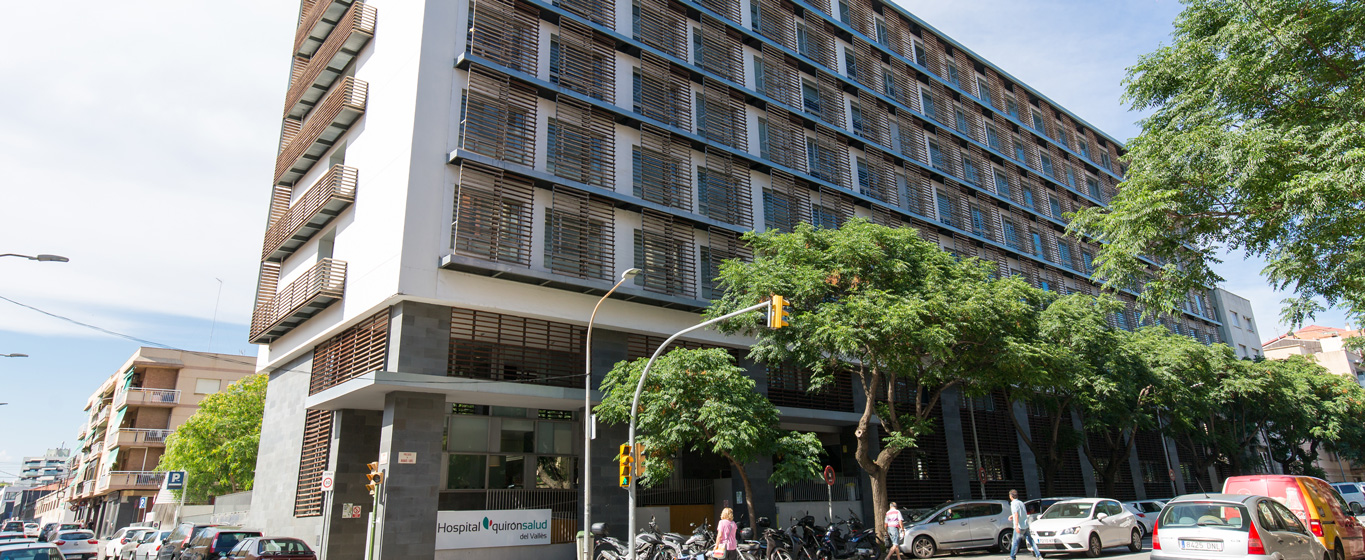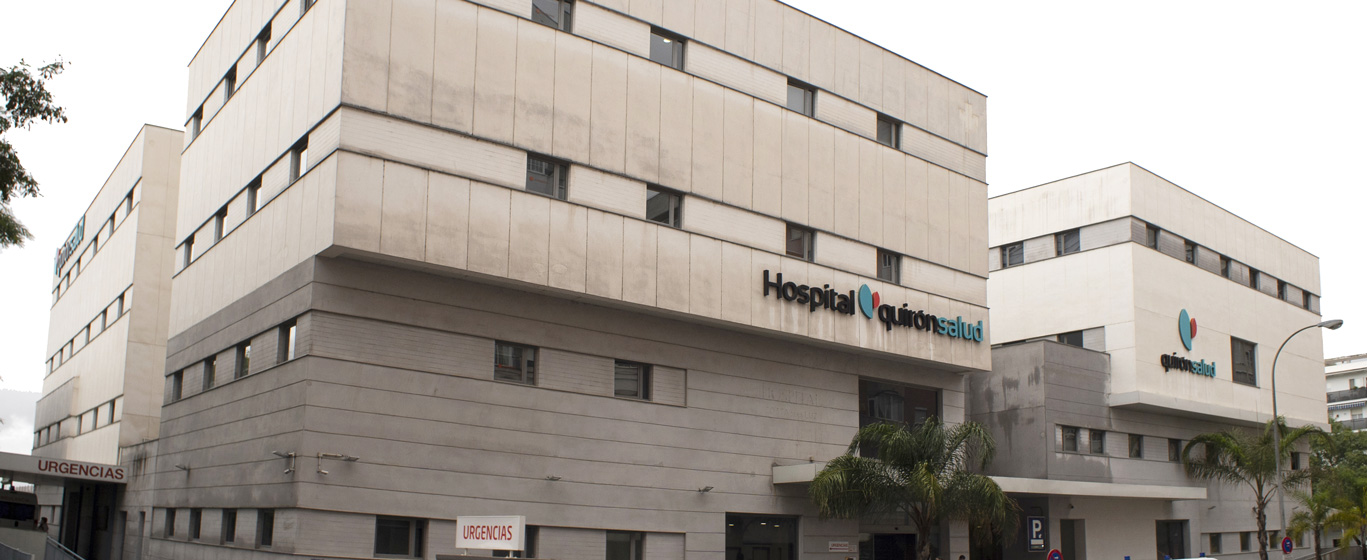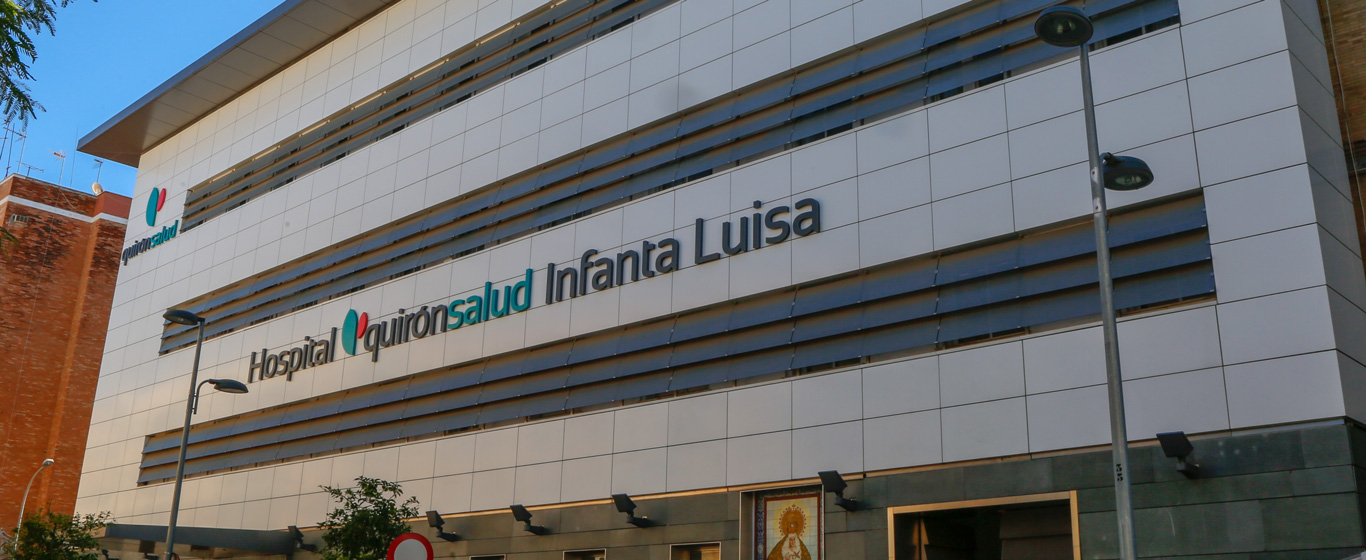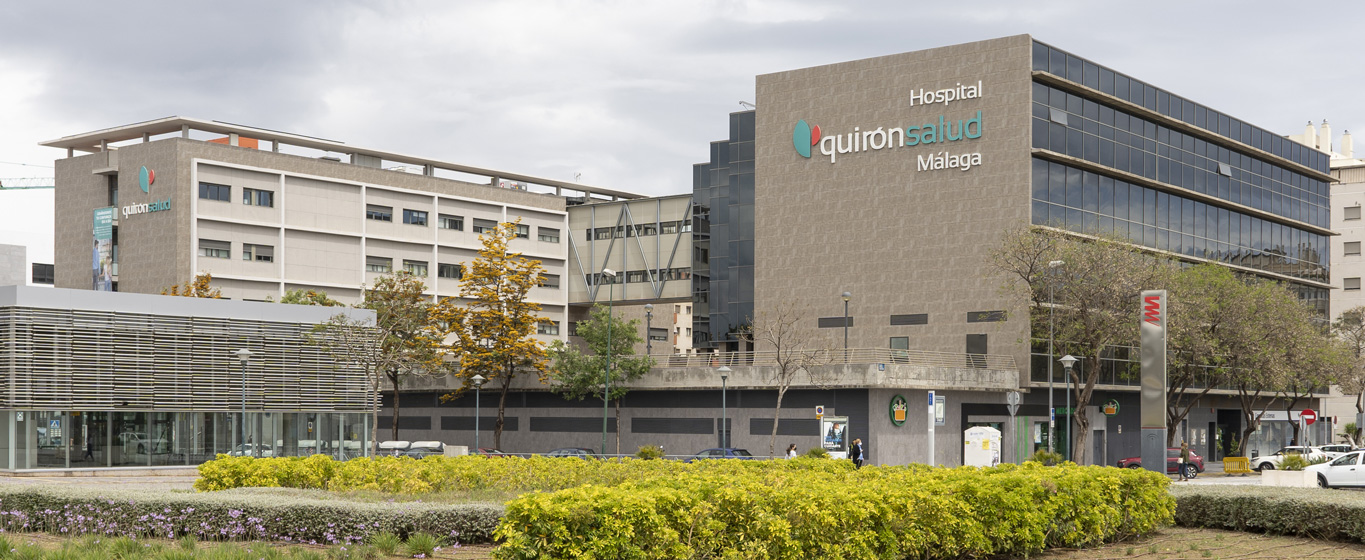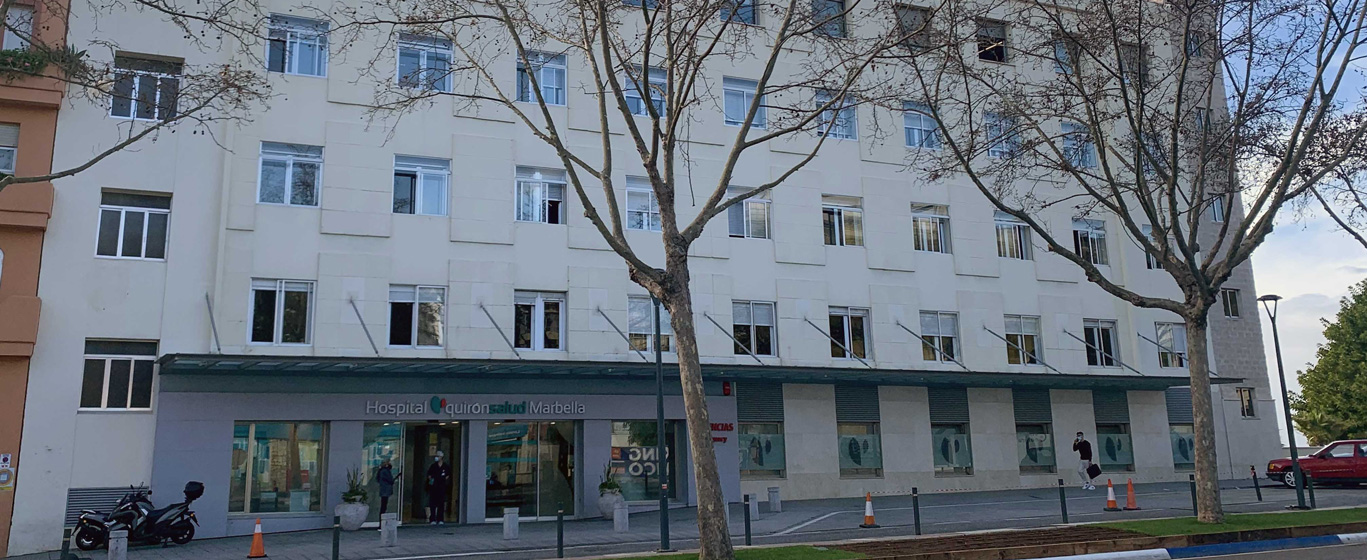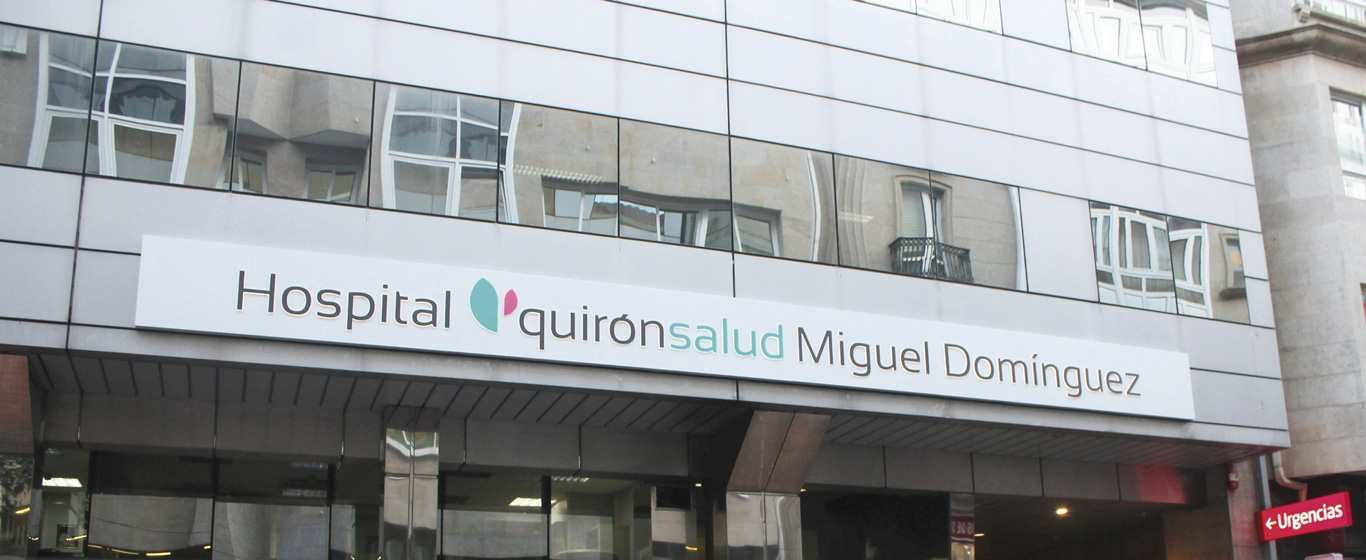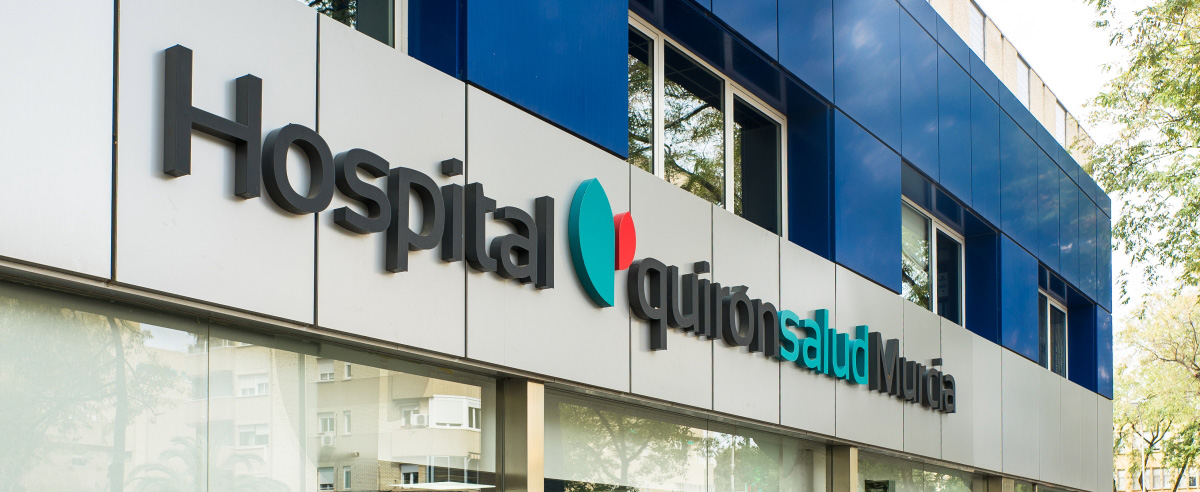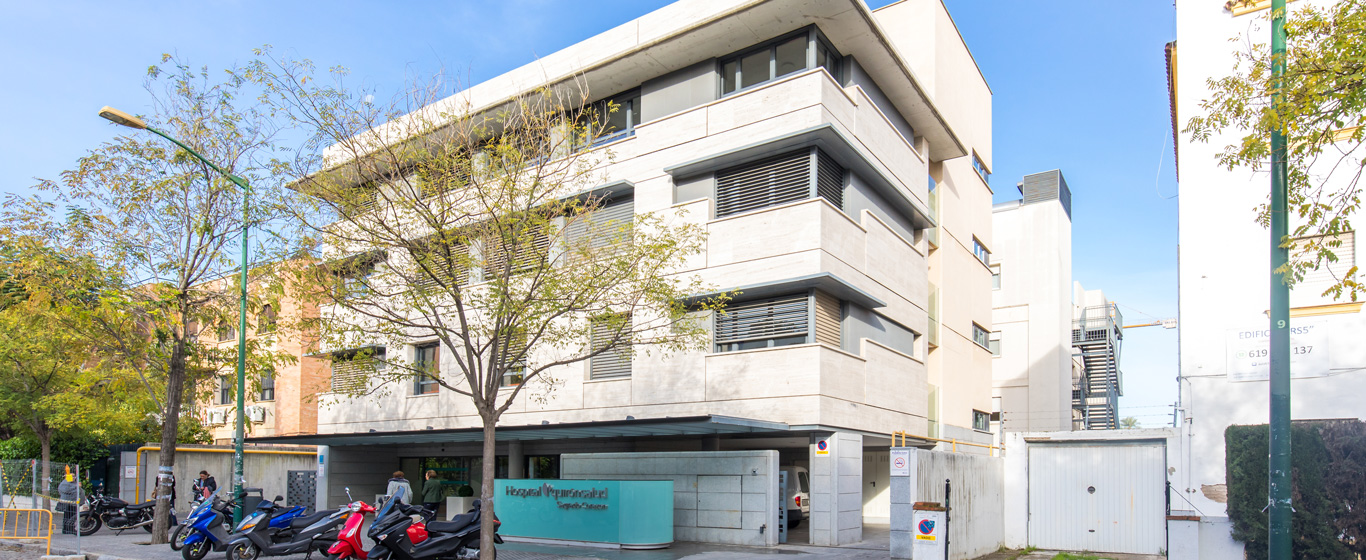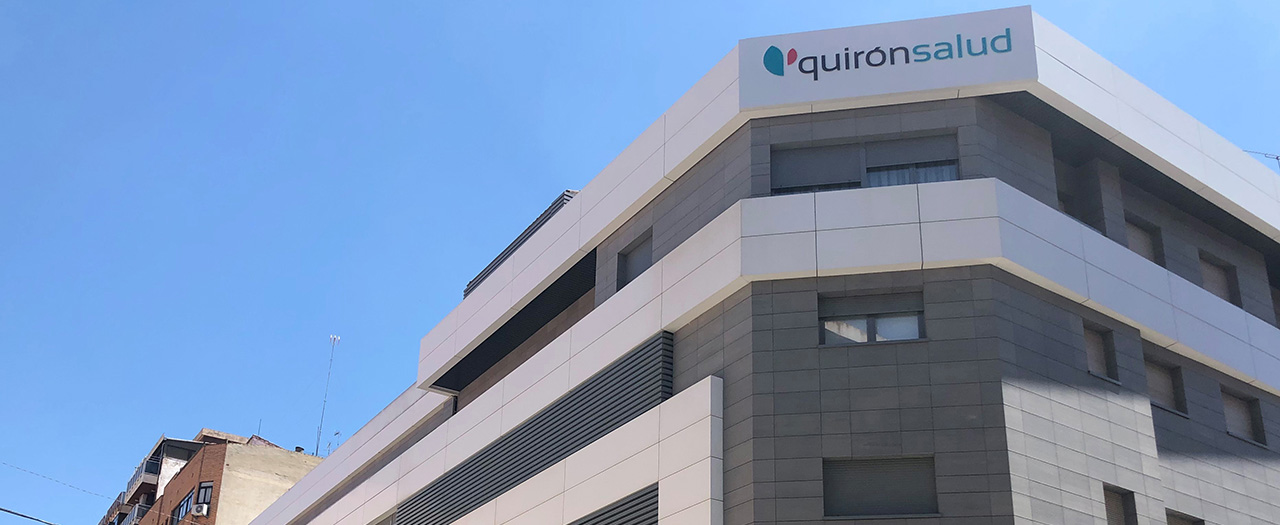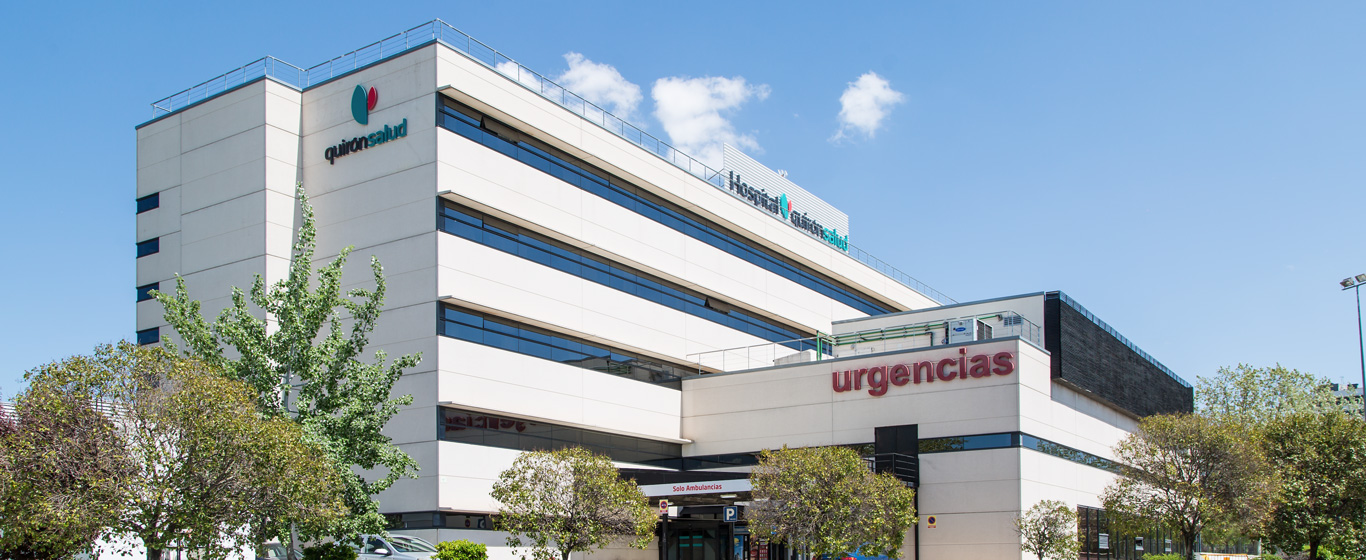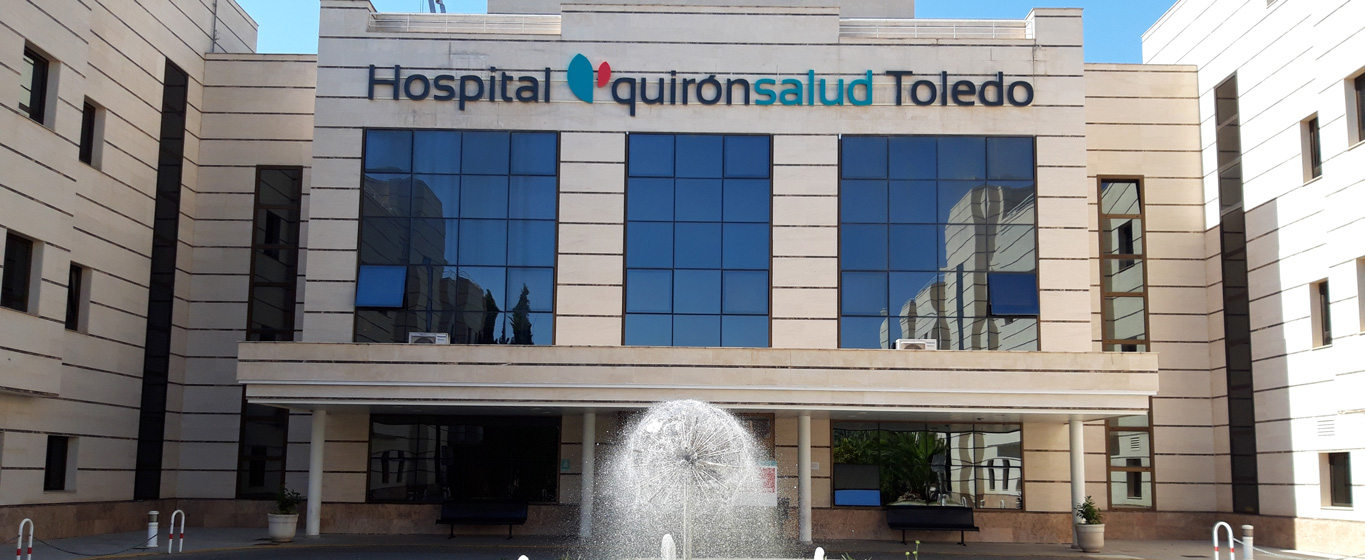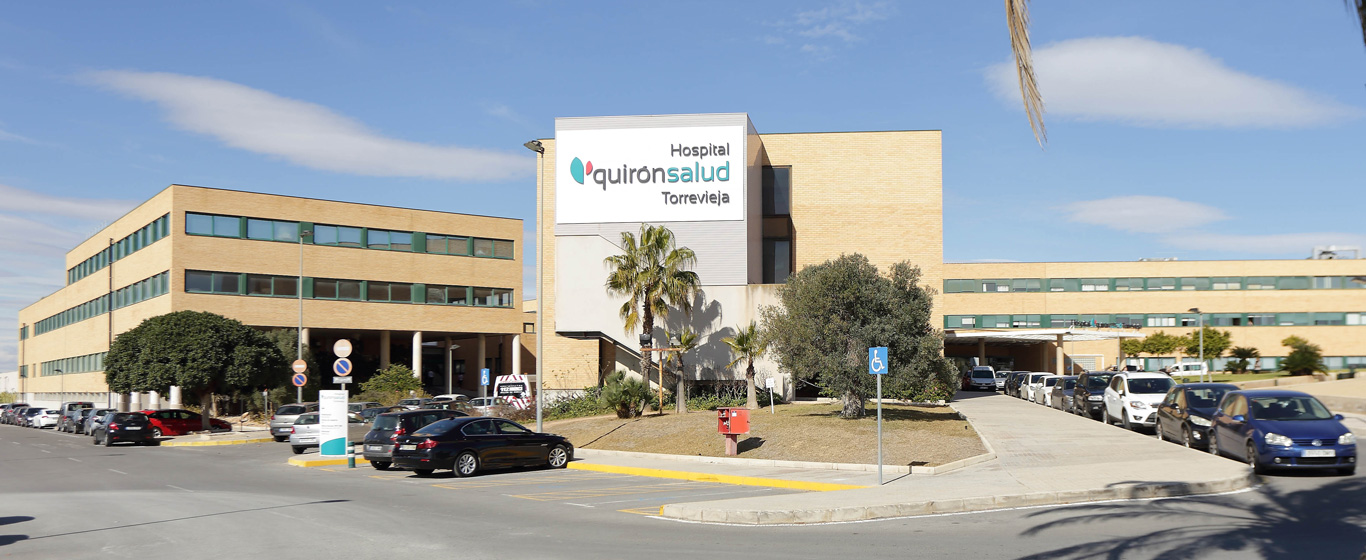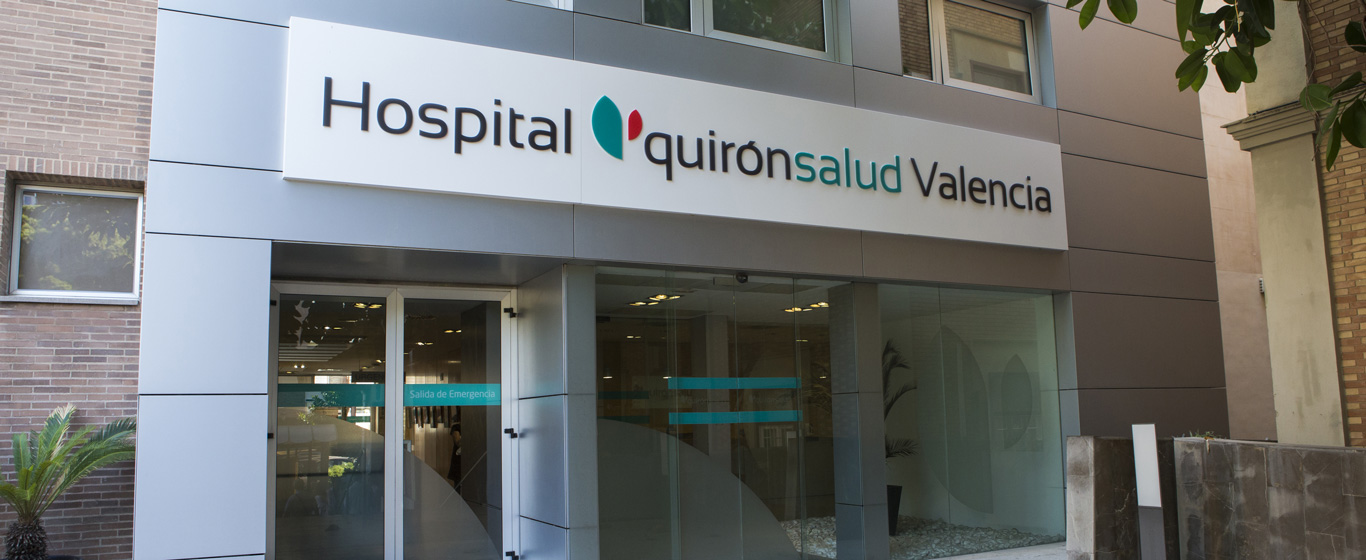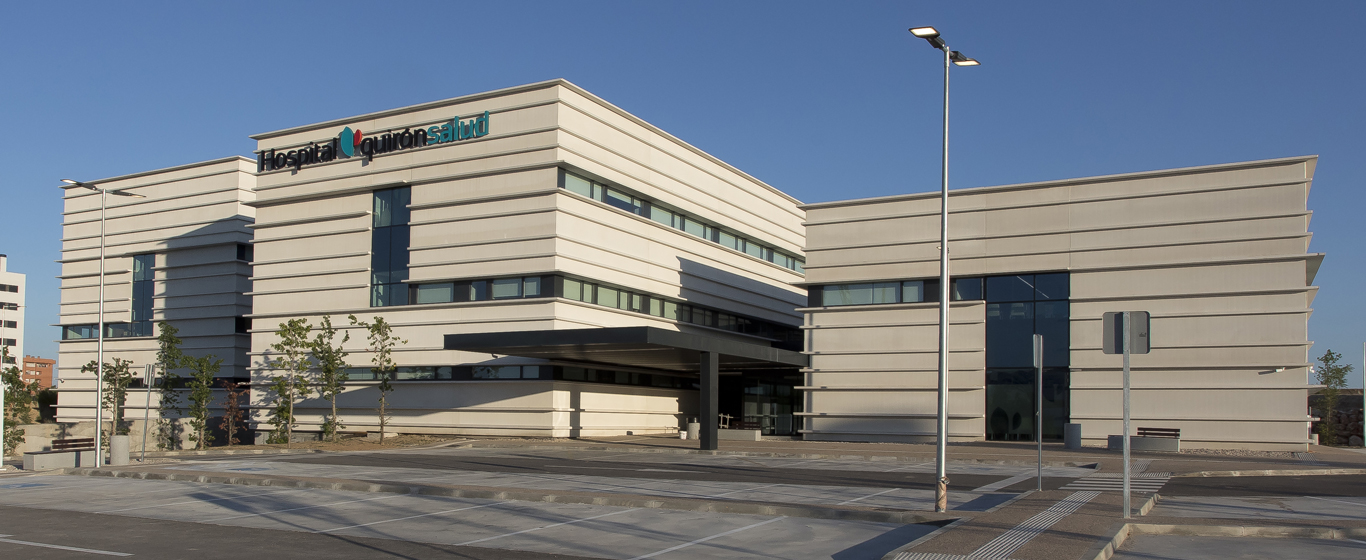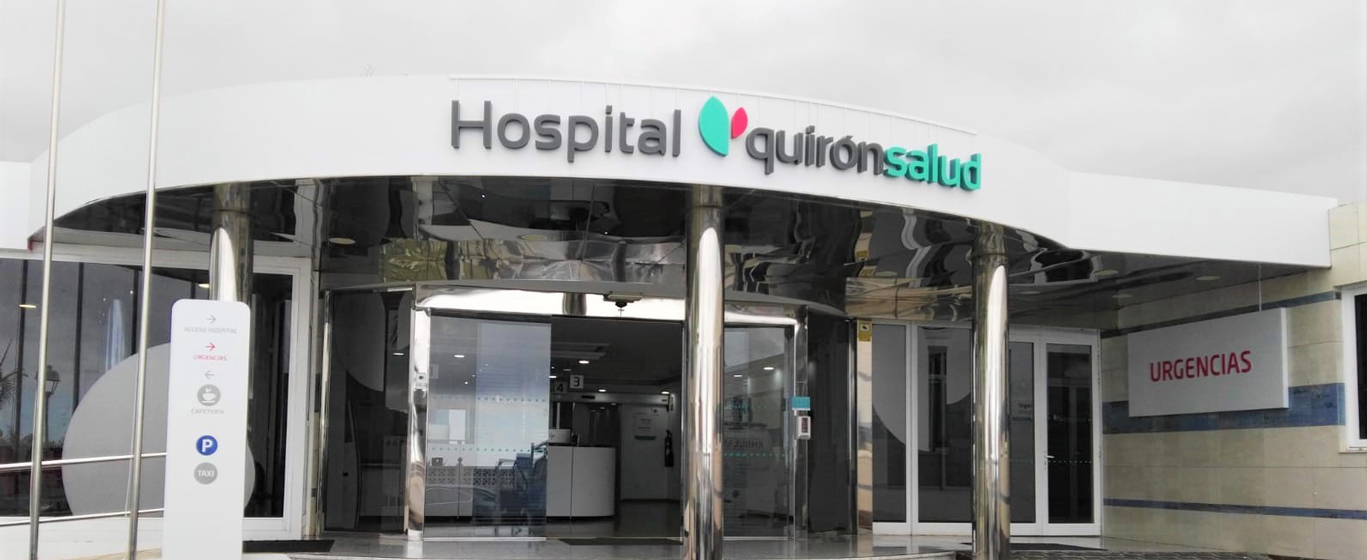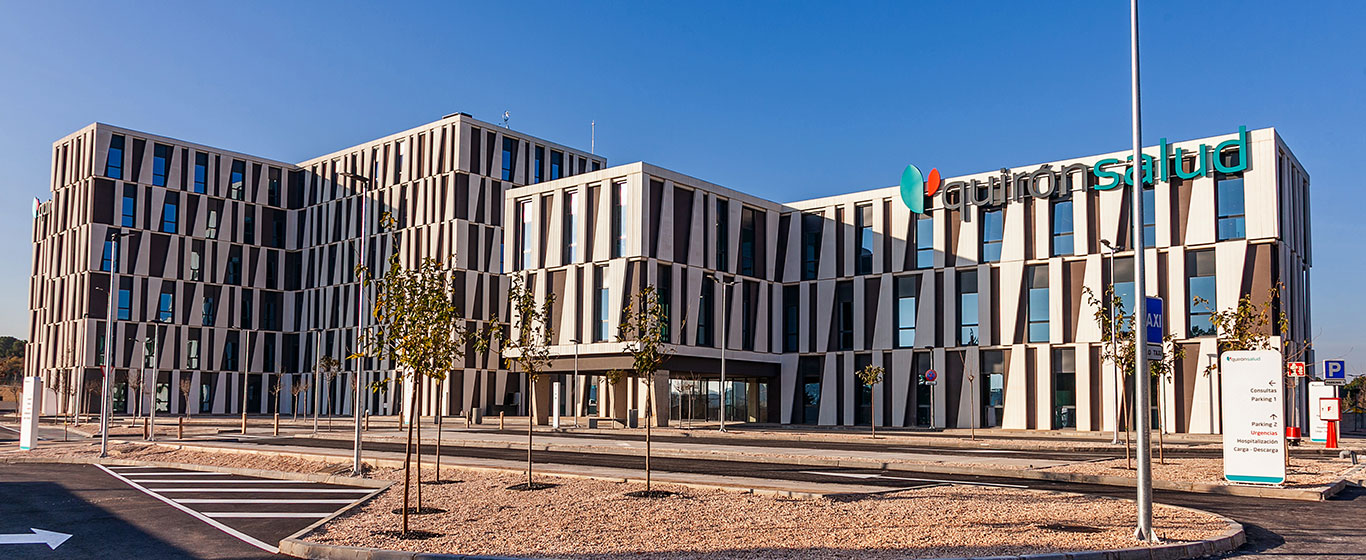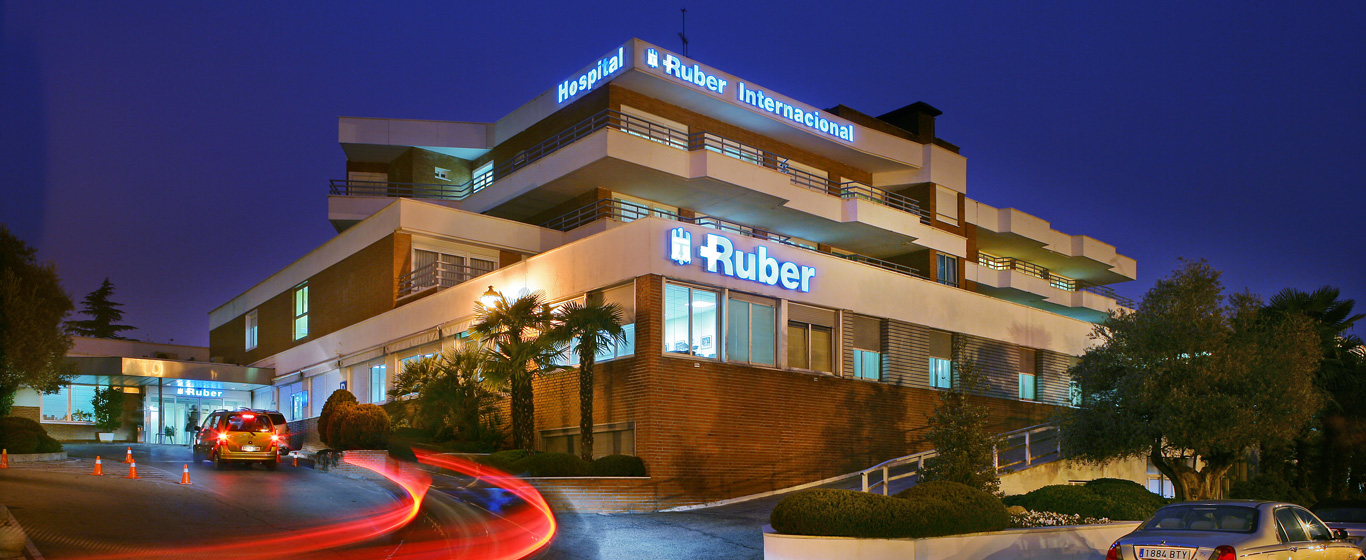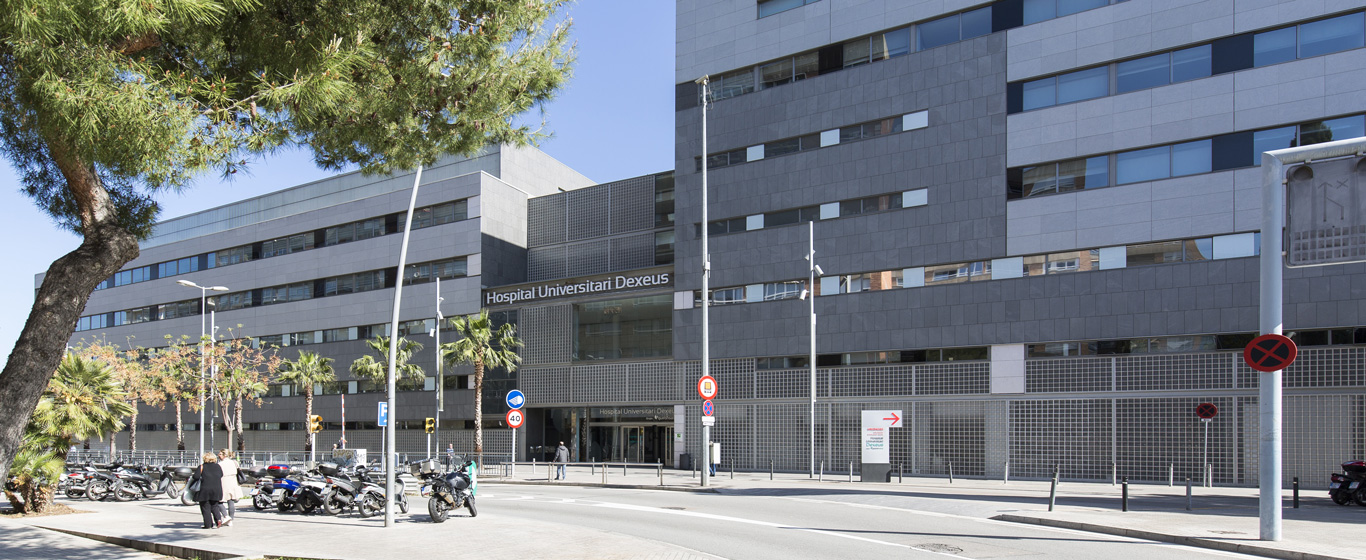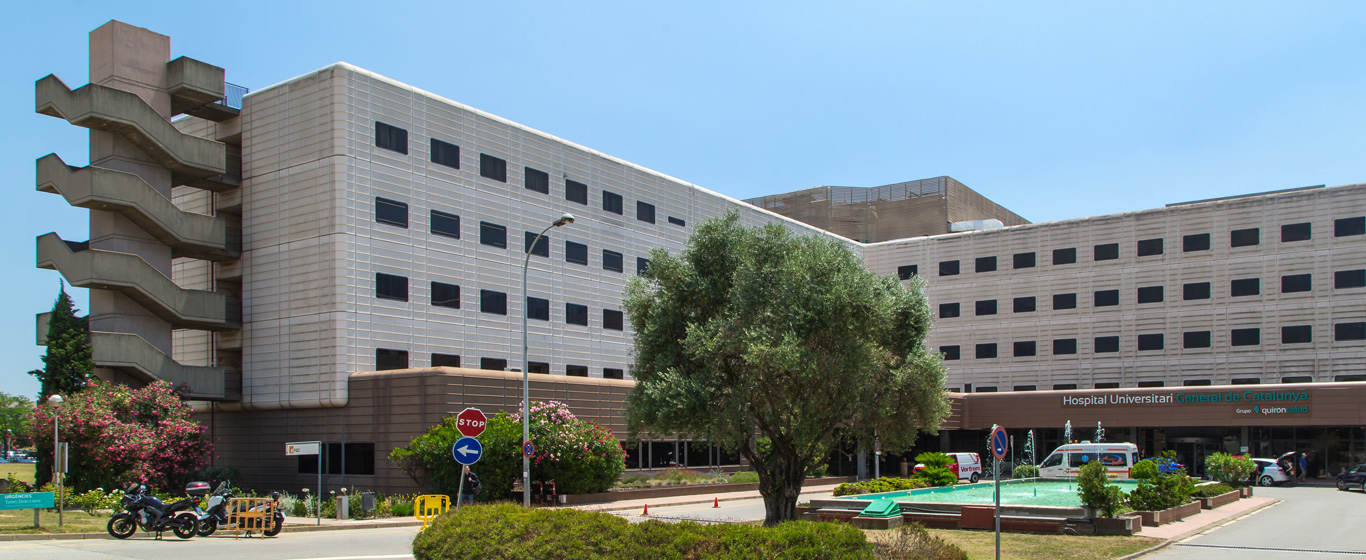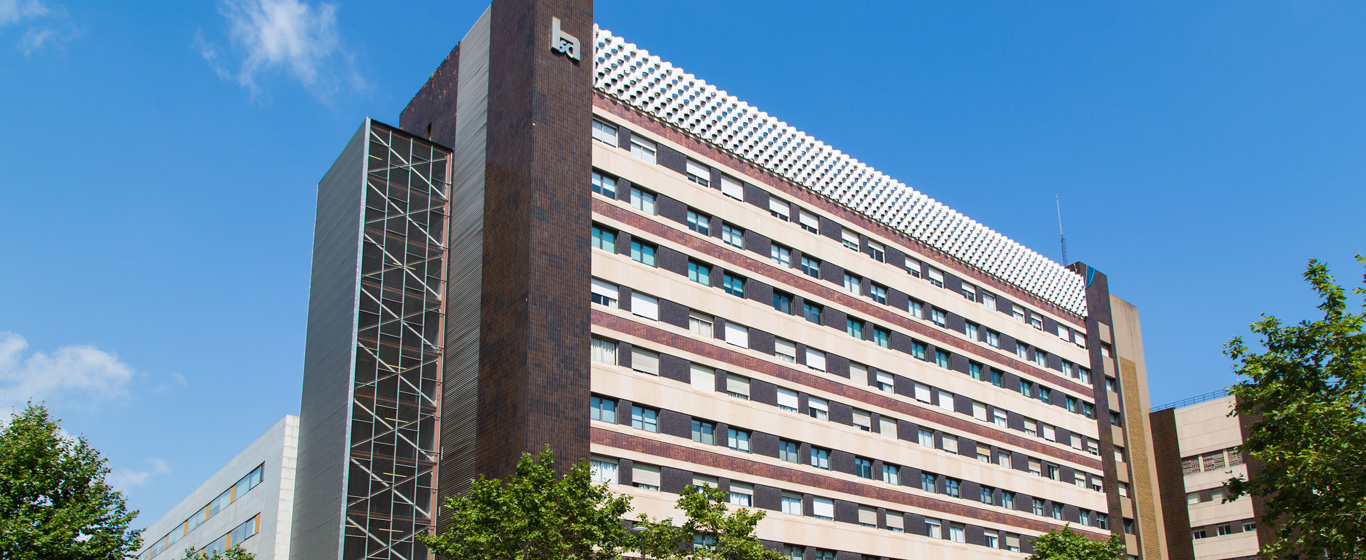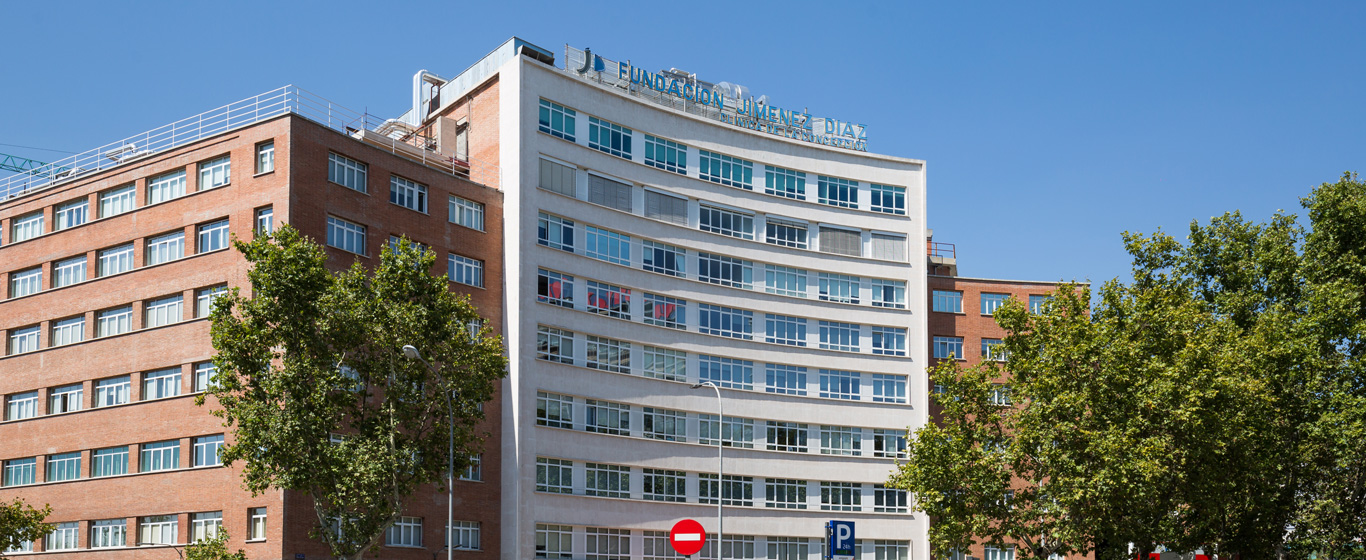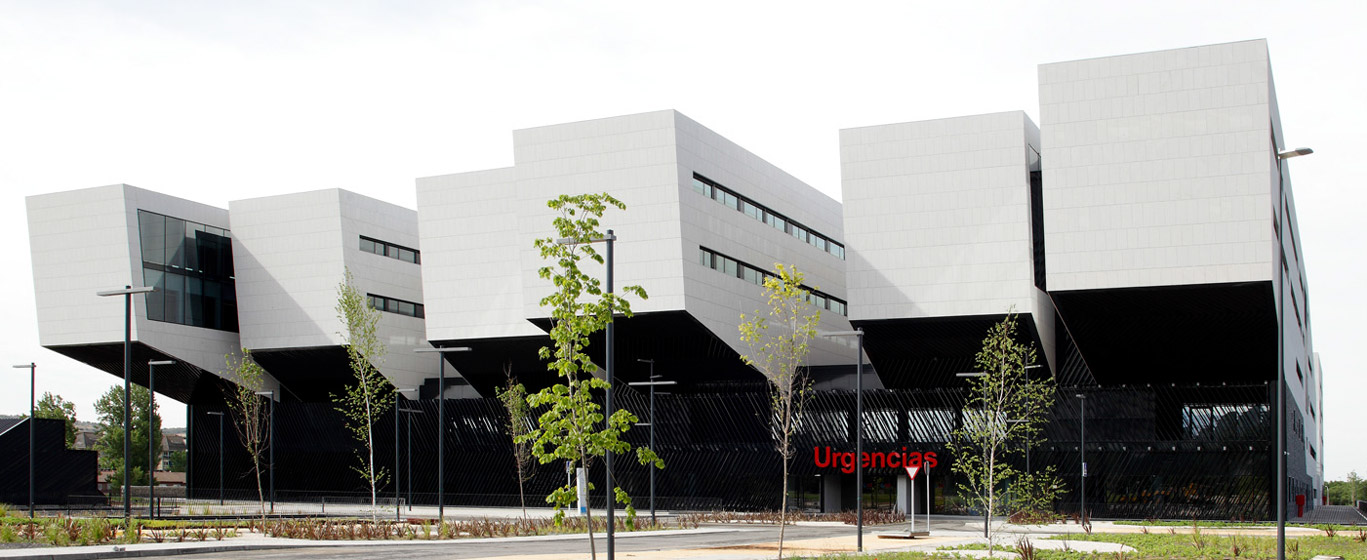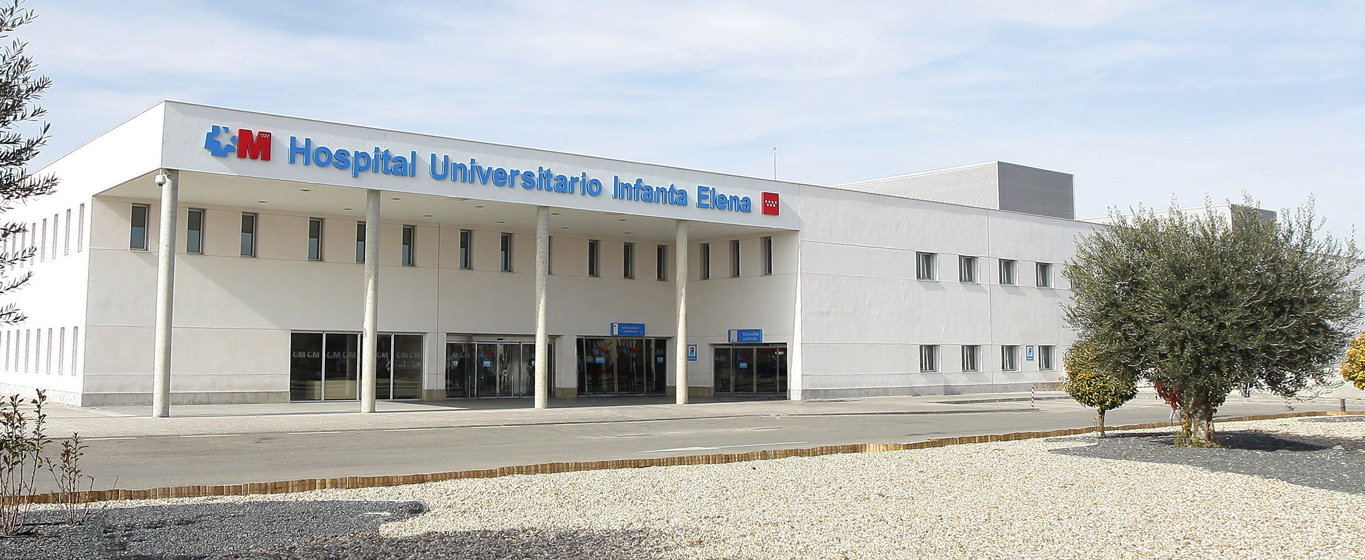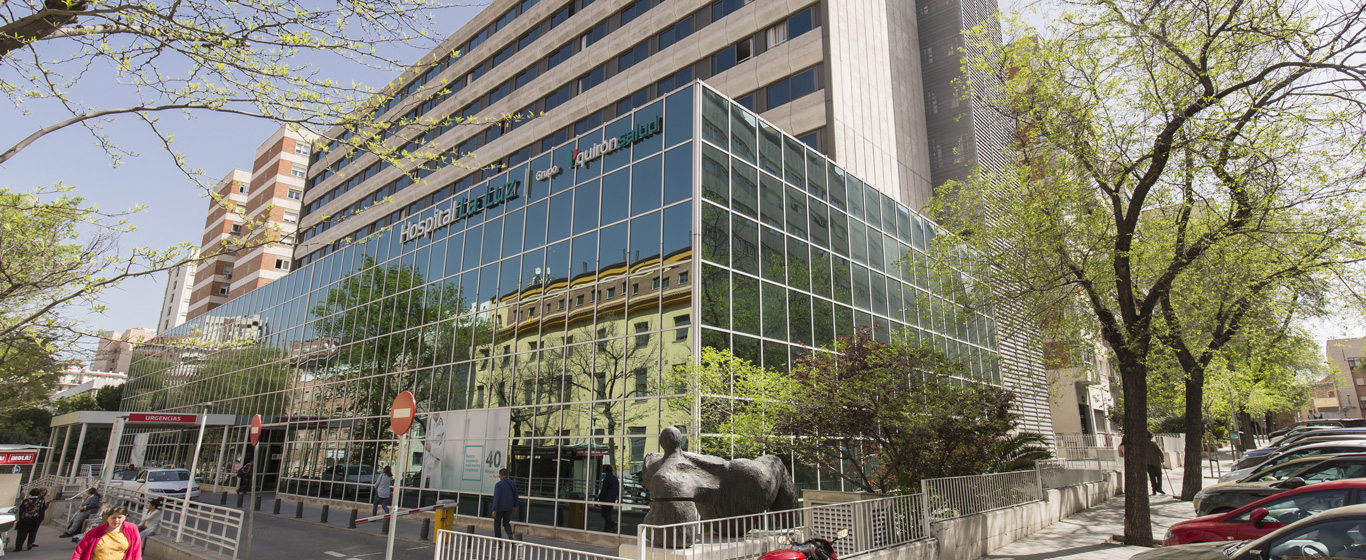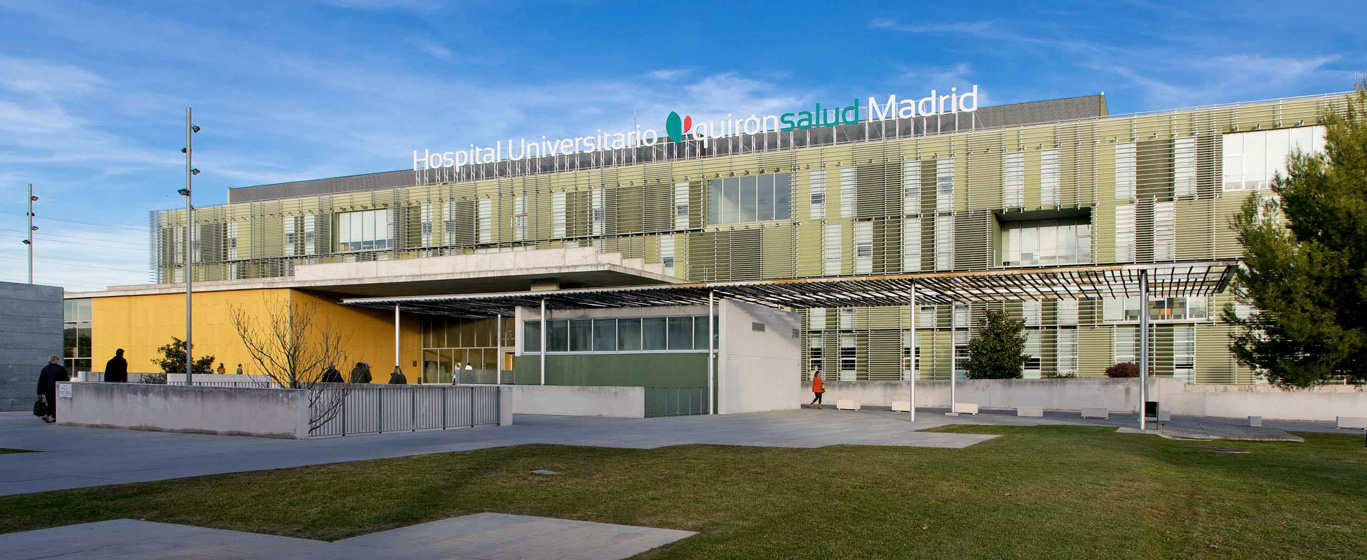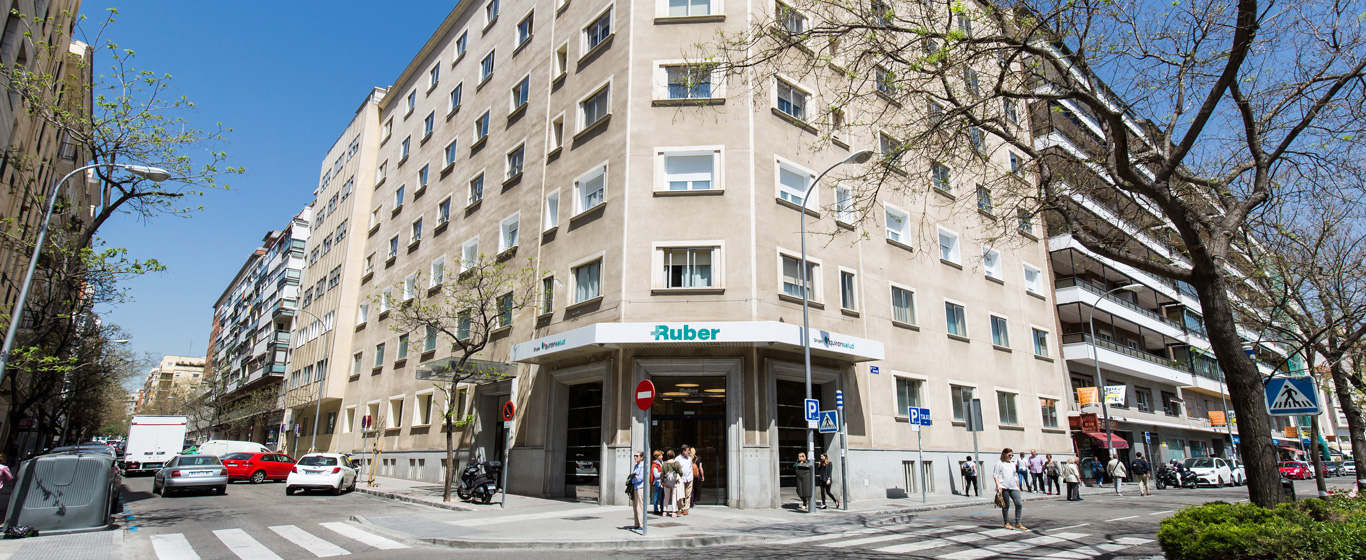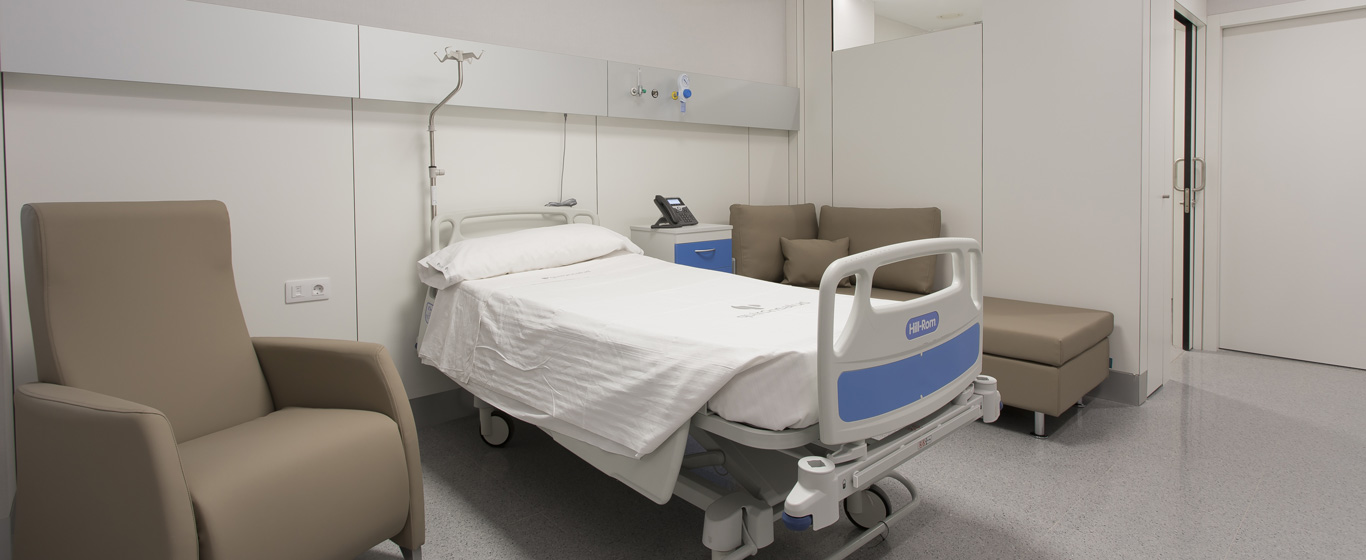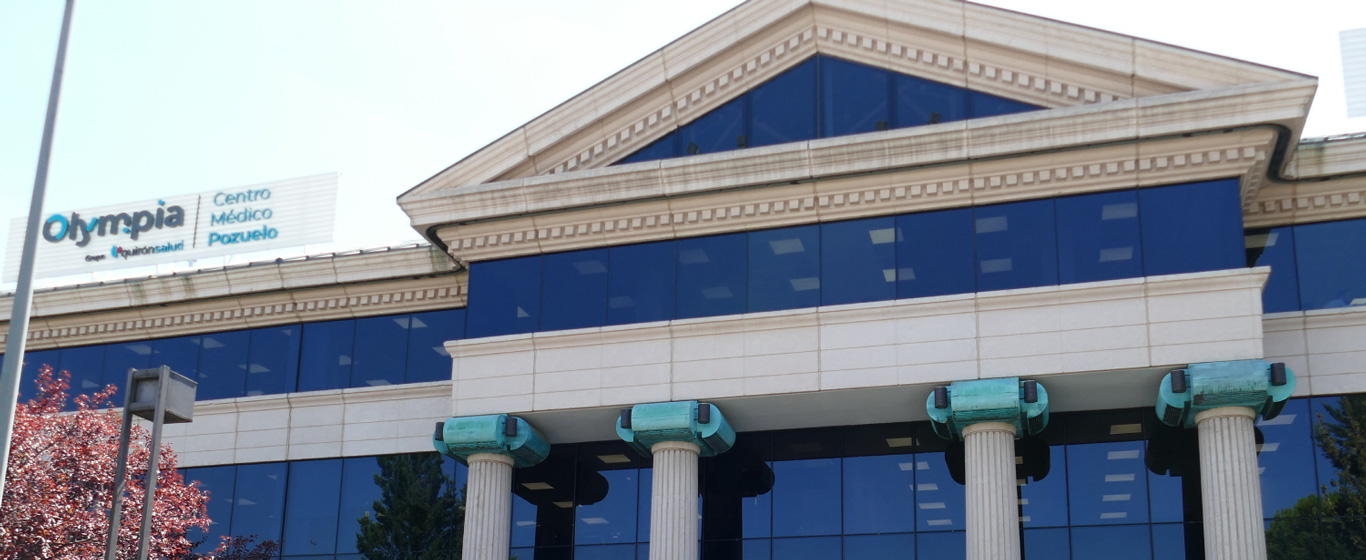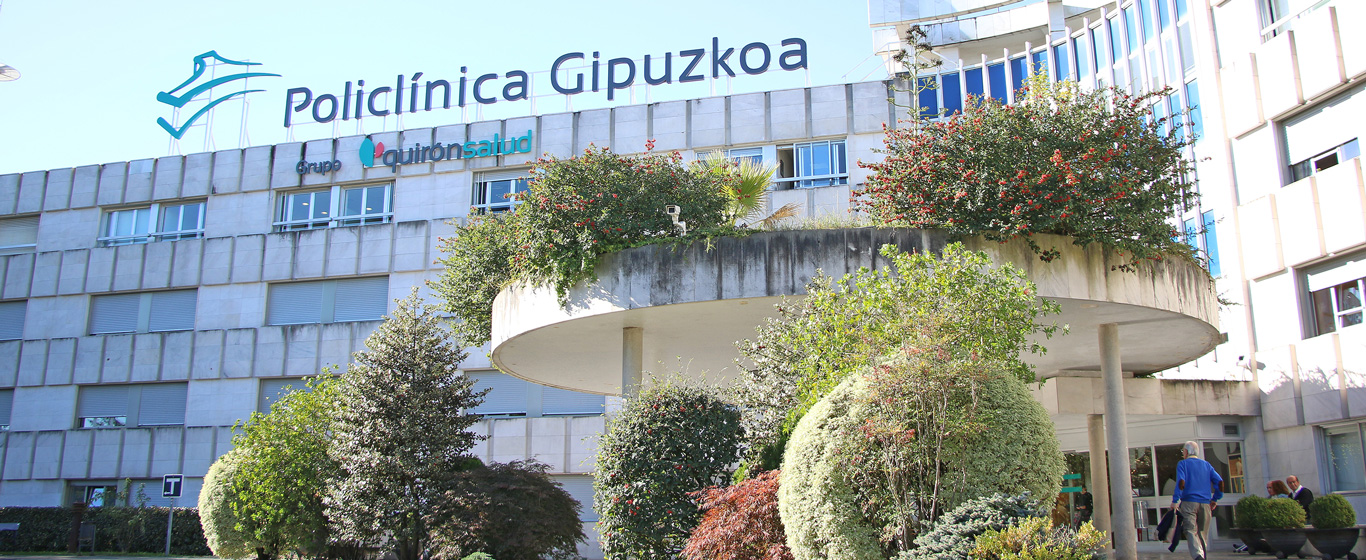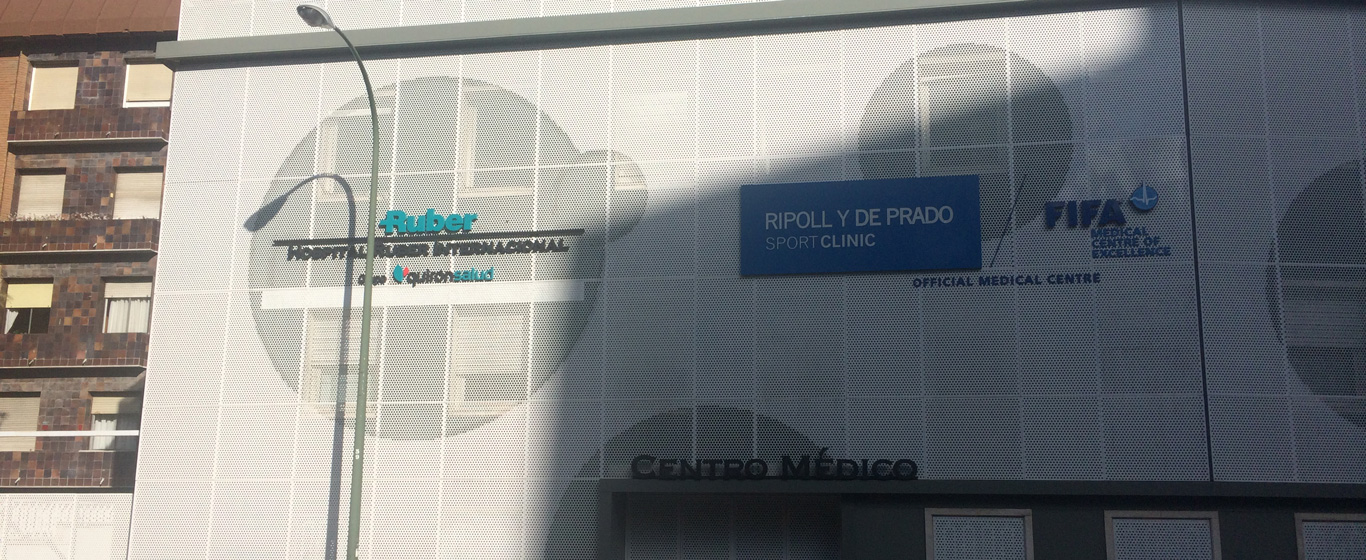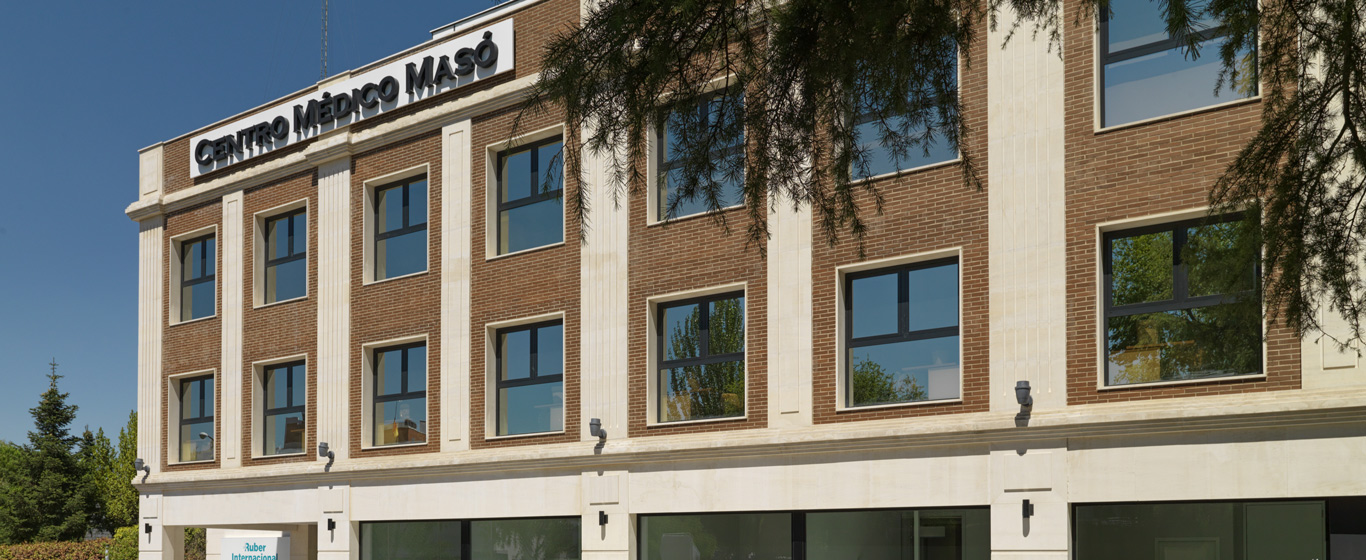Osteonecrosis
Does osteonecrosis have a cure? All the information on the causes, symptoms, and treatments of this condition.
Symptoms and Causes
Osteonecrosis, avascular necrosis, or aseptic necrosis refers to the death of bone tissue due to an interruption or reduction of the blood supply to the bone. Osteonecrosis can occur in any bone, although it is more common at the ends of long bones such as the femur or humerus, generally affecting the hips, knees, shoulders, and ankles.
Osteonecrosis weakens the bone, causing small fractures until it collapses. It is a slowly developing disease, with progression that can last months or years.
Symptoms
In its early stages, osteonecrosis usually does not show symptoms; these appear as the bone damage progresses:
- Joint pain: It may occur gradually or suddenly, initially only during movement, but later also at rest.
- Limited joint mobility.
- Limping, if the affected bone is in the leg.
Causes
As mentioned, osteonecrosis is caused by reduced blood flow, which prevents bone cells from receiving sufficient oxygen and nutrients, leading to their death. Based on the origin of the disruption in blood flow, two types of osteonecrosis are distinguished:
- Traumatic osteonecrosis: Caused by trauma, generally a displaced fracture or dislocation, which damages the blood vessels supplying the bone. This is the most common type of osteonecrosis.
- Non-traumatic osteonecrosis: Blood flow decreases due to an obstruction in the blood vessels caused by the formation of clots, the accumulation of fat, or compression of the vessels, resulting from various conditions or procedures:
- Prolonged and/or high-dose corticosteroid use.
- Chronic and excessive alcohol consumption.
- Blood clotting disorders.
- Hypertension.
- Chemotherapy or radiation therapy.
- Hyperlipidemia.
- Sickle cell anemia.
- Gaucher's disease.
- Certain types of cancer, such as leukemia.
- Deep diving decompression sickness.
- Diabetes.
- Pancreatitis.
- Organ transplantation, especially kidney transplantation.
- HIV infection.
- Systemic lupus erythematosus.
In some cases, however, the cause of osteonecrosis is unknown.
Risk Factors
In addition to having any of the conditions associated with osteonecrosis, factors that increase the risk of developing it include:
- Accidents, blows, or falls, which can cause bone injuries.
- Alcoholism.
- Steroid treatments, chemotherapy, or radiation therapy.
- Smoking.
- Bisphosphonate use (medication for osteoporosis): These medications increase bone density, but at high doses, they can contribute to the development of maxillary osteonecrosis, although this is a very rare complication.
Complications
Untreated osteonecrosis continues to progress until it causes the collapse of the affected bone, deformity of the adjacent joint, and the onset of osteoarthritis, which is the destruction of the cartilage covering the joint, causing friction between the corresponding bones, inflammation, pain, and permanent stiffness.
Prevention
Some measures can be taken to try to prevent the onset of osteonecrosis:
- Limit or eliminate alcohol consumption.
- Reduce steroid use: in medical treatments, aim to take the lowest possible dose.
- Avoid tobacco.
- Reduce fat and cholesterol consumption.
- Early care of injuries and trauma.
Which doctor treats osteonecrosis?
Osteonecrosis is evaluated and treated in the traumatology and orthopedic surgery unit.
Diagnosis
Osteonecrosis is suspected when joint pain appears along with risk factors in the clinical history. To confirm the diagnosis, imaging tests are performed:
- X-ray: X-ray images show signs of necrosis in the bone, but only if the disease is advanced. The extent of bone involvement and the presence of osteoarthritis may also be visible.
- MRI (Magnetic Resonance Imaging): MRI images are more precise and allow the detection of osteonecrosis in its early stages, before significant bone damage occurs.
Treatment
Osteonecrosis treatment varies depending on the stage of the disease:
- Conservative treatment: Applied in the early stages to relieve symptoms and delay the progression of osteonecrosis.
- Administration of pain relievers or non-steroidal anti-inflammatory drugs to reduce pain and inflammation.
- Physiotherapy: Specific exercises to maintain joint mobility.
- Rest: Reducing physical activity and certain movements helps relieve pressure on the affected joint and slow down bone damage. This can be supplemented with orthopedic devices, such as crutches or walkers.
- Surgical treatment: In cases of advanced osteonecrosis.
- Core decompression: Involves drilling one or more holes in the affected bone to reduce internal pressure. This procedure alleviates pain, restores blood flow, and promotes bone healing. It is effective only if performed before the bone collapses.
- Bone graft: The necrotic area is removed and replaced with healthy bone taken from another part of the body. The graft strengthens the weakened area and stimulates the formation of new bone.
- Osteotomy: The position of the bone is modified so that the weight is supported by a healthy area.
- Arthroplasty: If significant joint collapse and osteoarthritis have occurred, part or all of the damaged joint is replaced with a prosthesis.
- Mesenchymal stem cell therapy: Involves extracting stem cells from the patient's pelvis, growing them in a lab to multiply, and implanting them in the affected area. This treatment regenerates bone and cartilage and prevents joint collapse.




